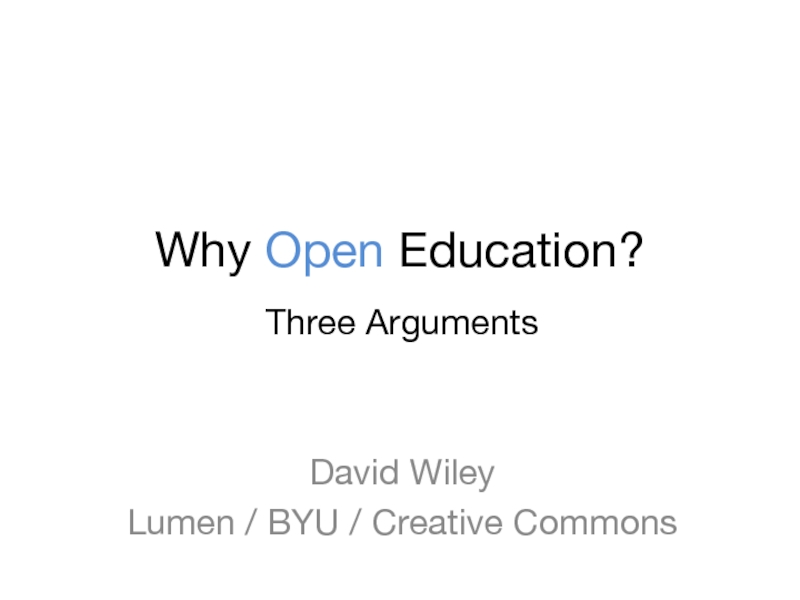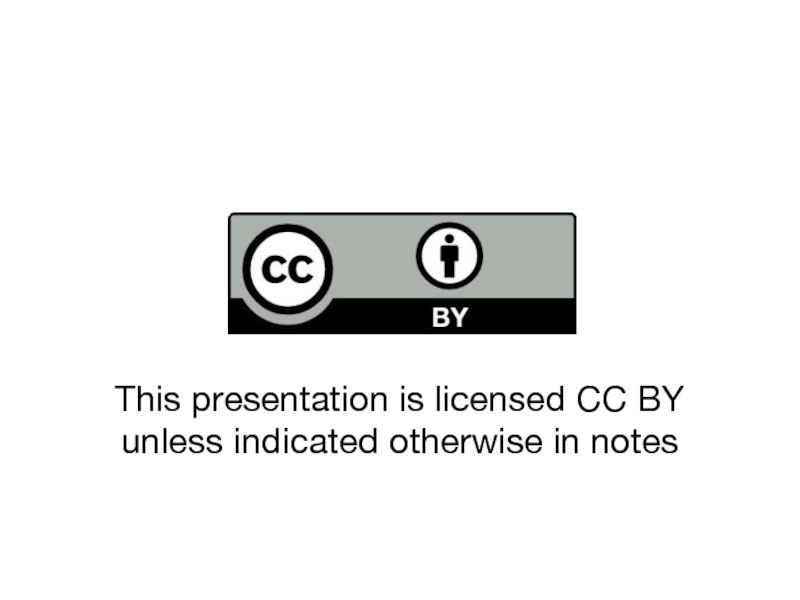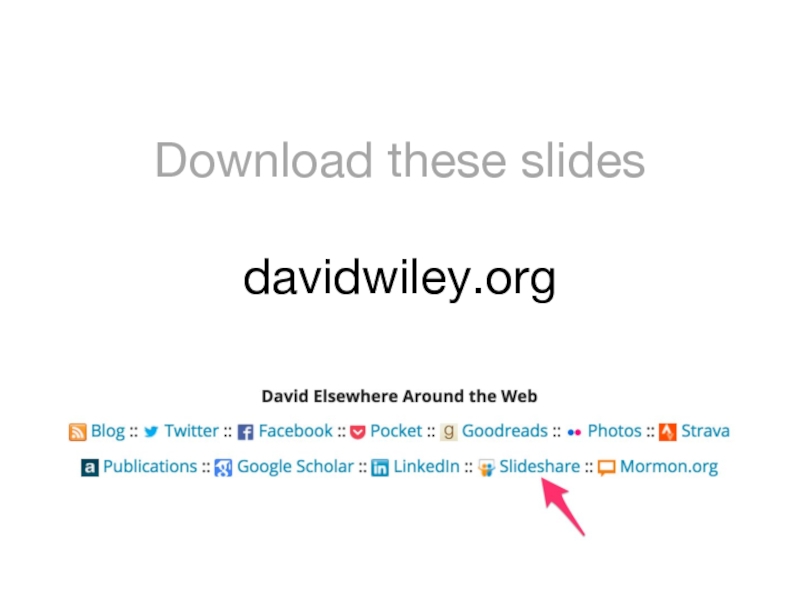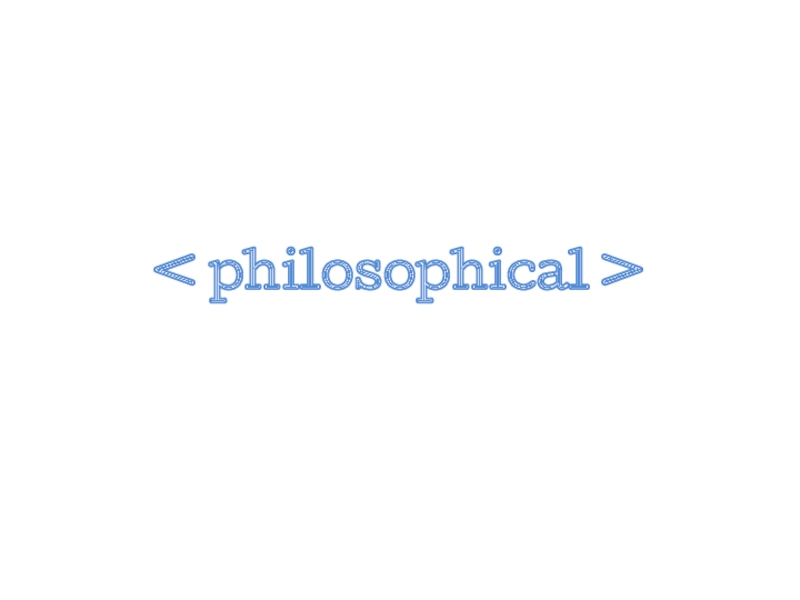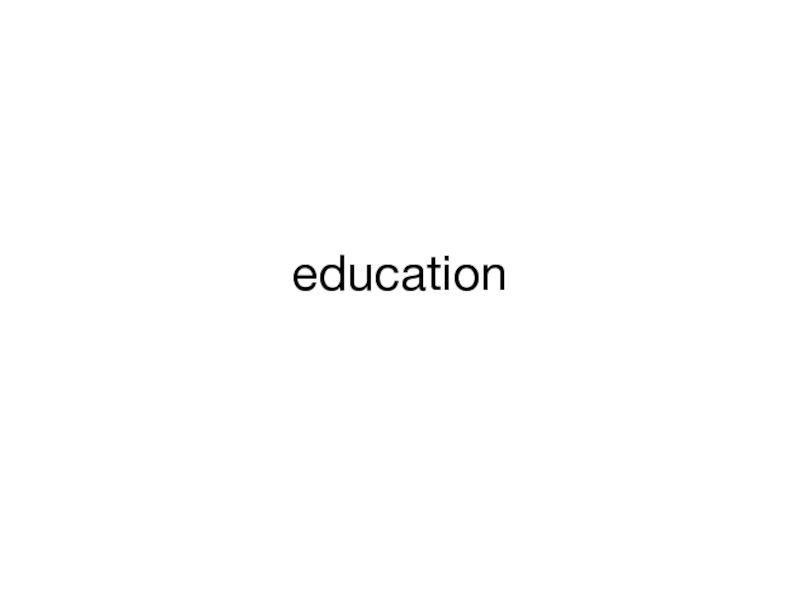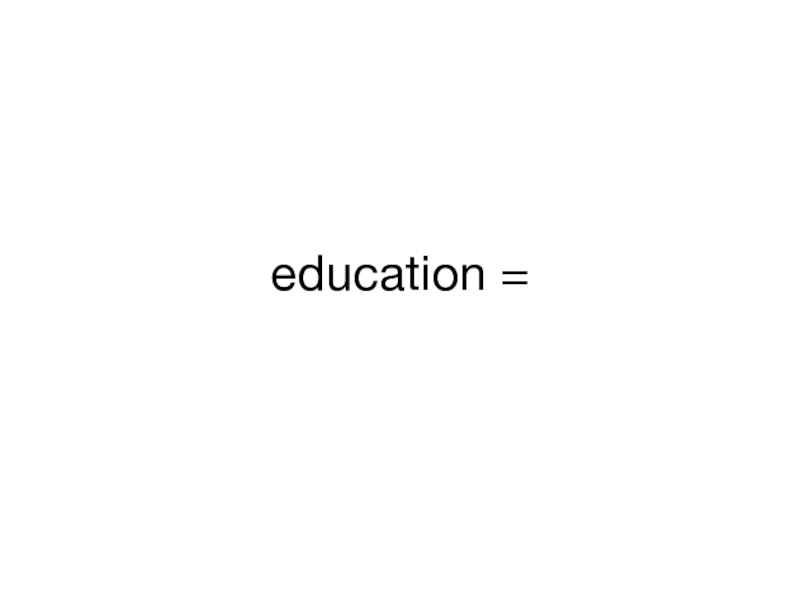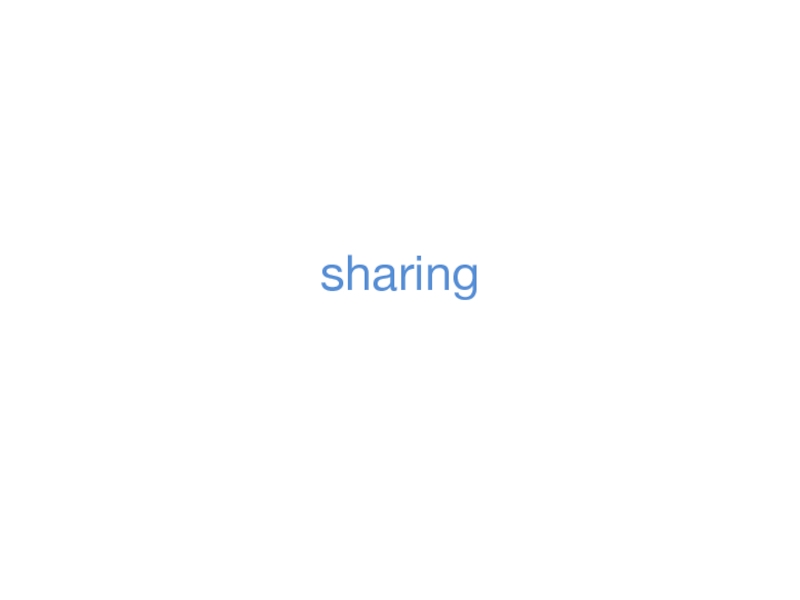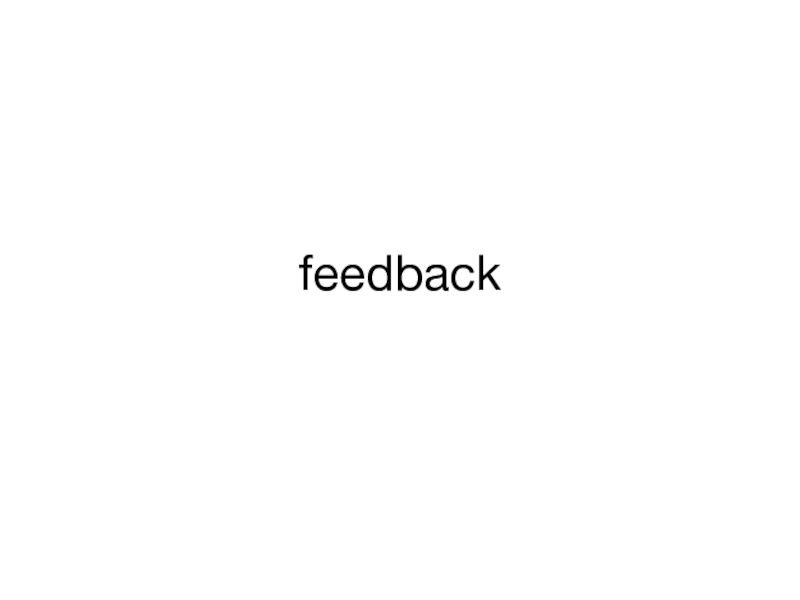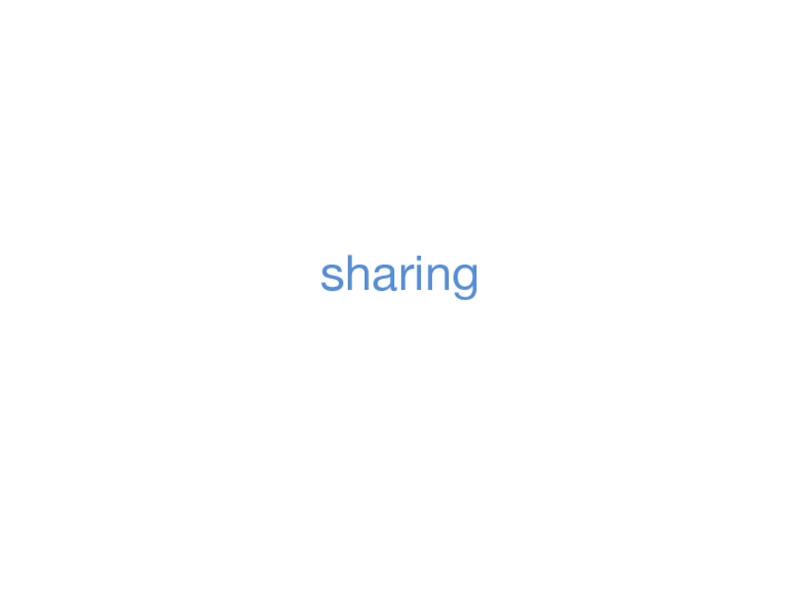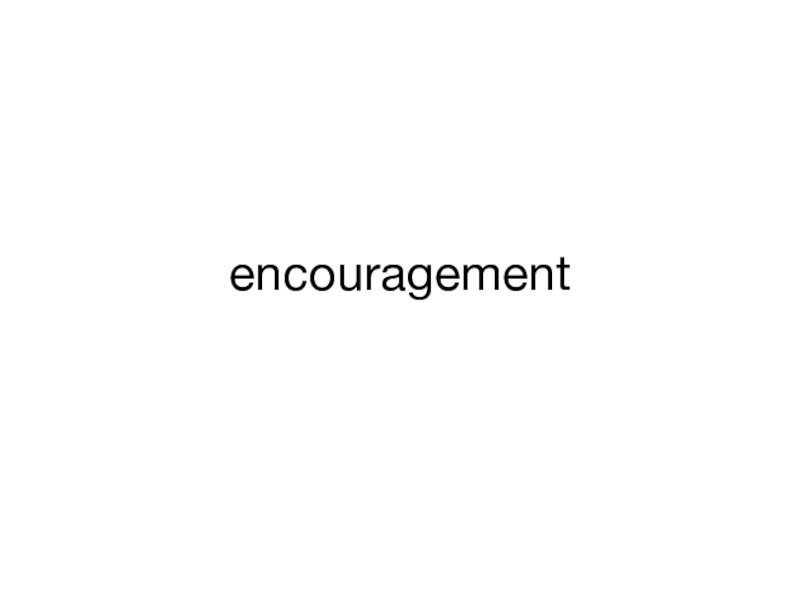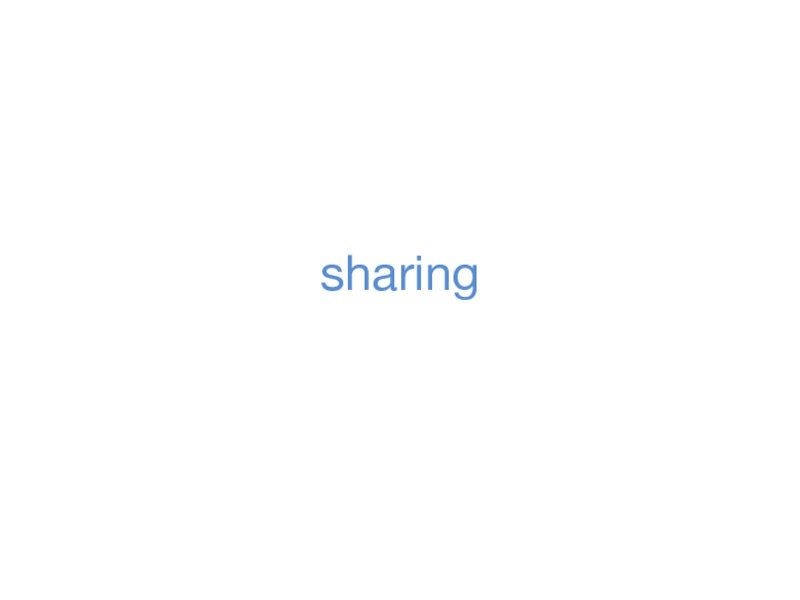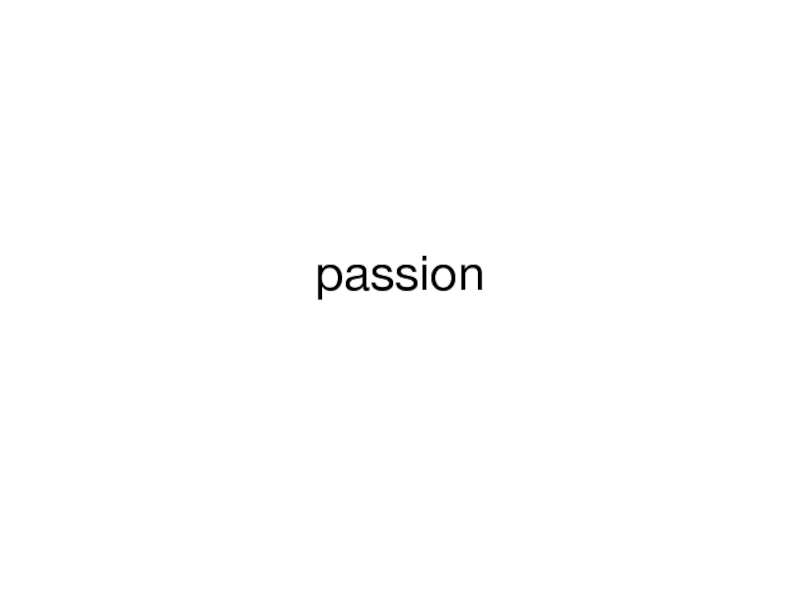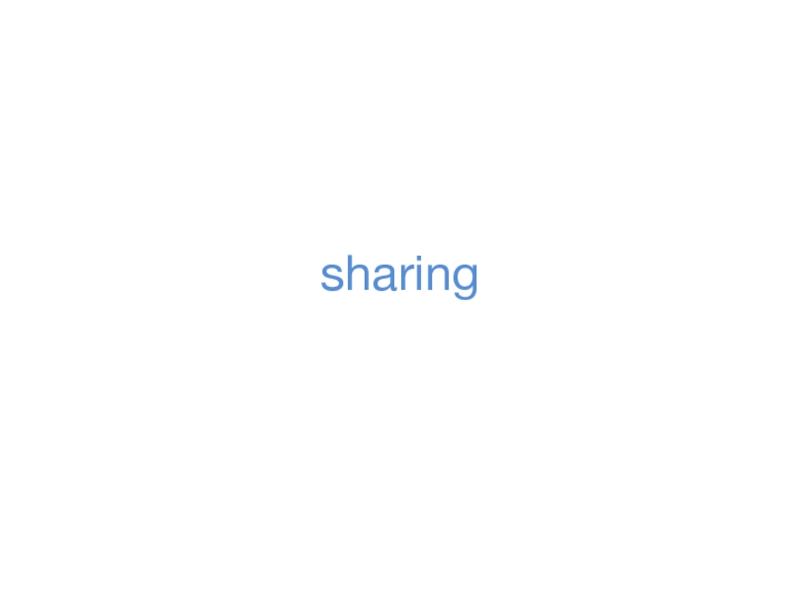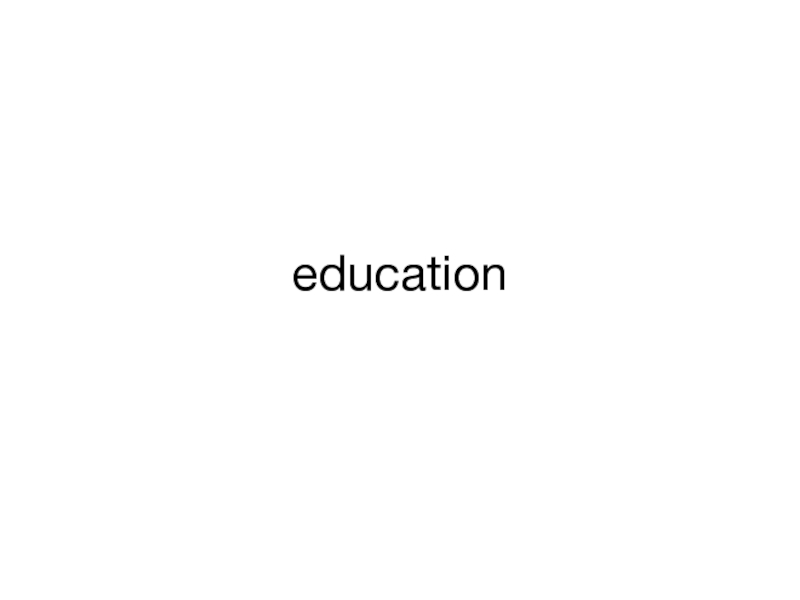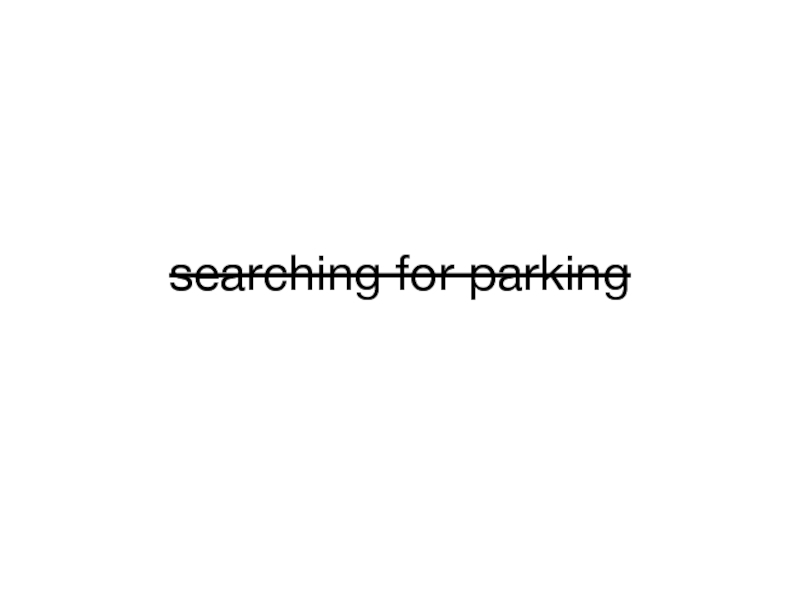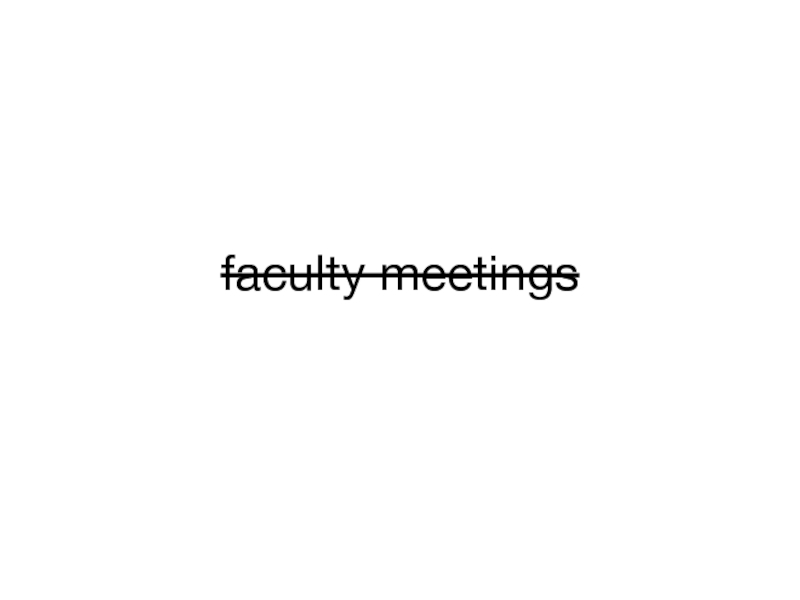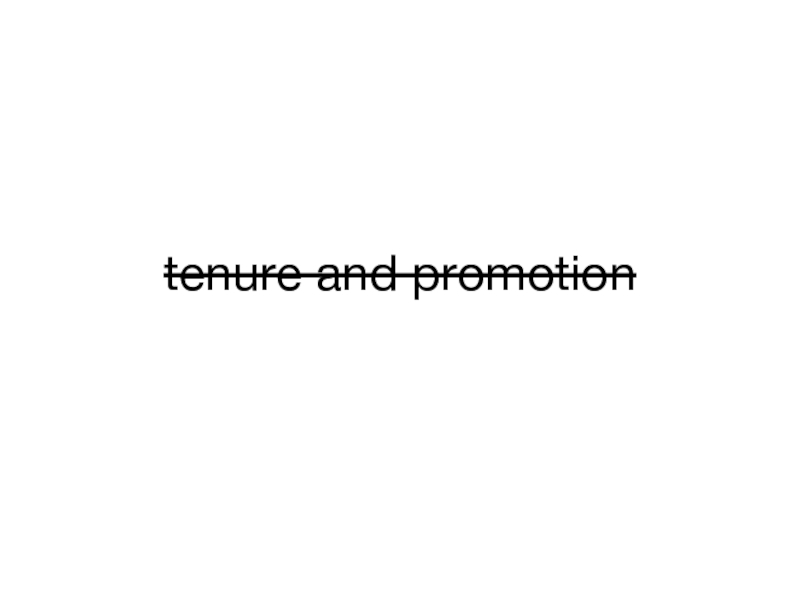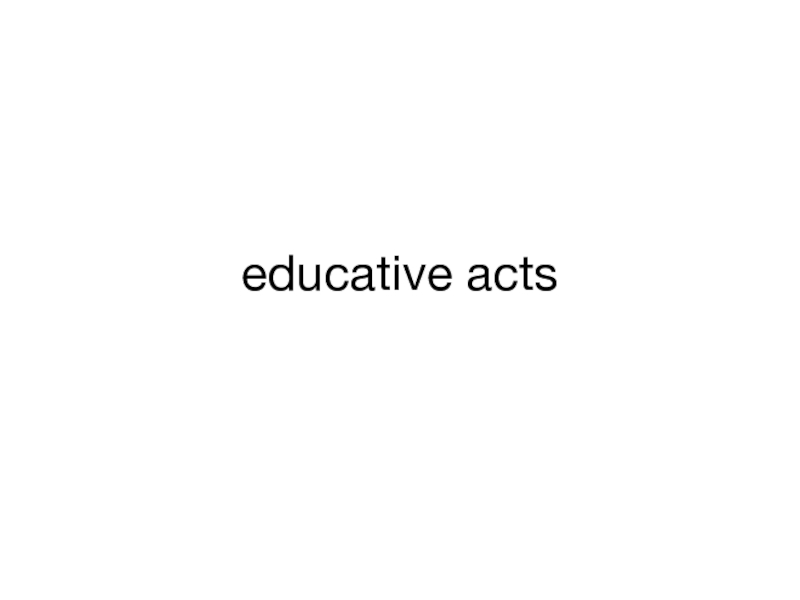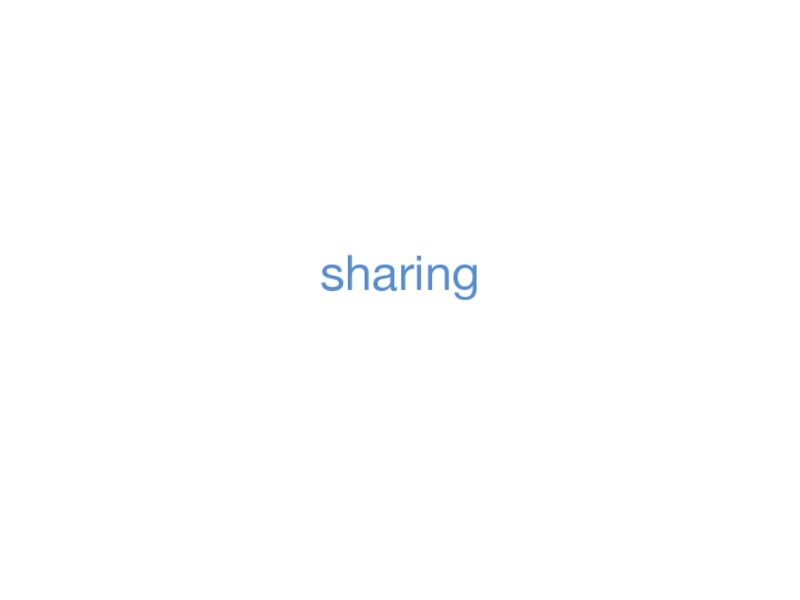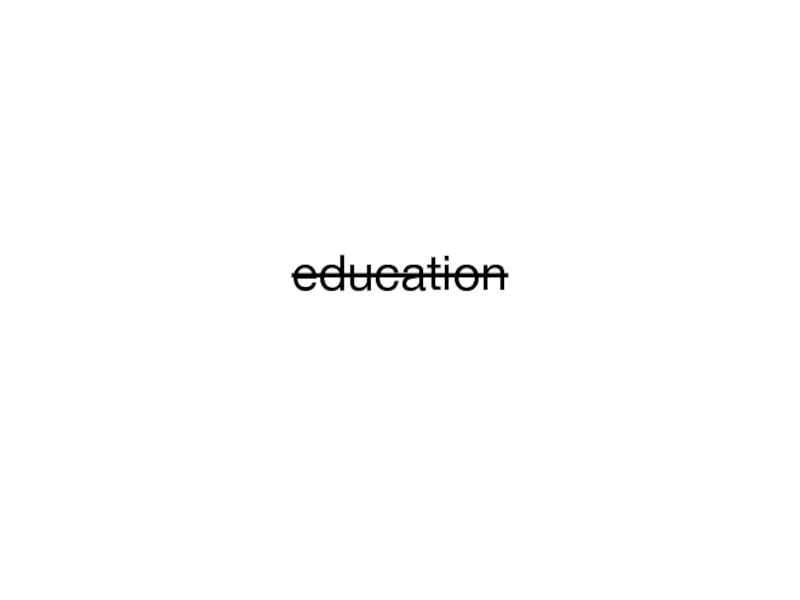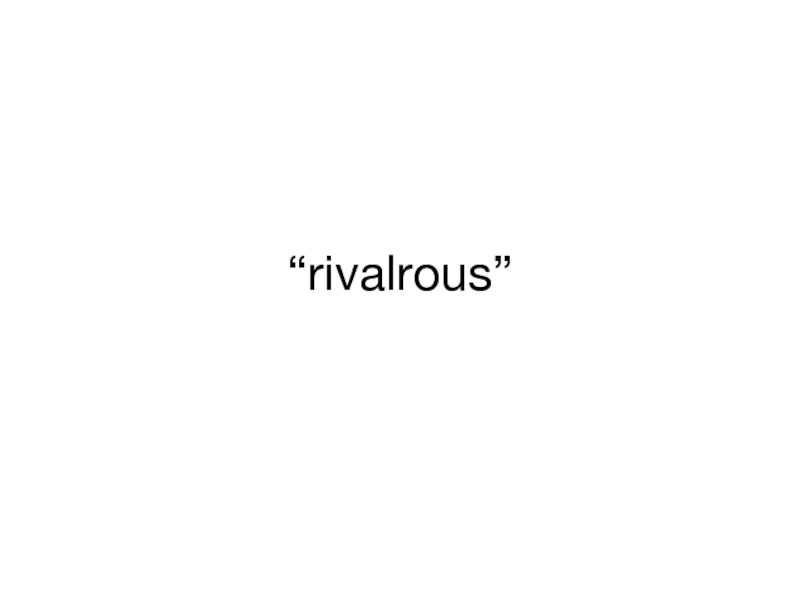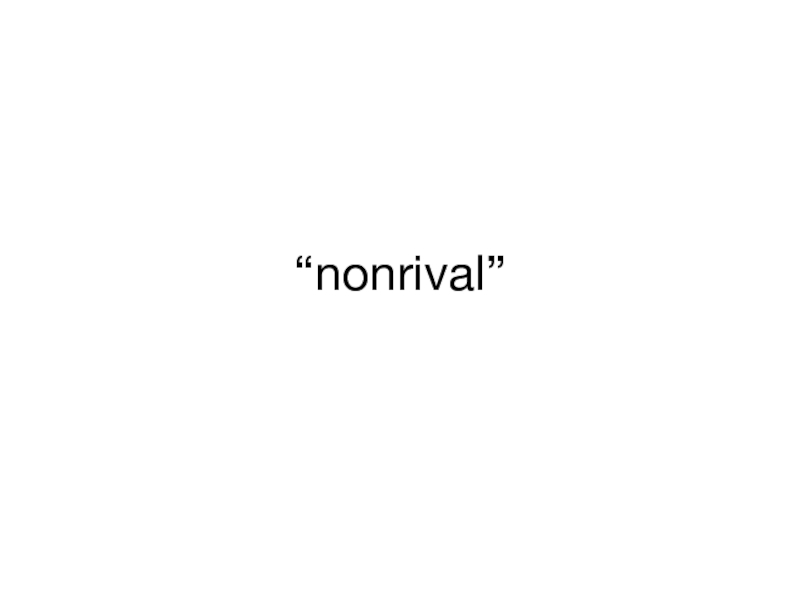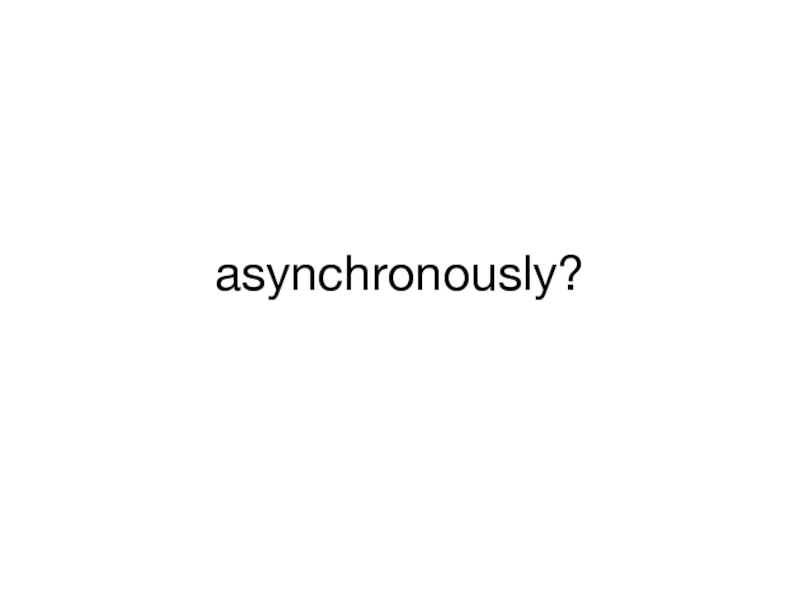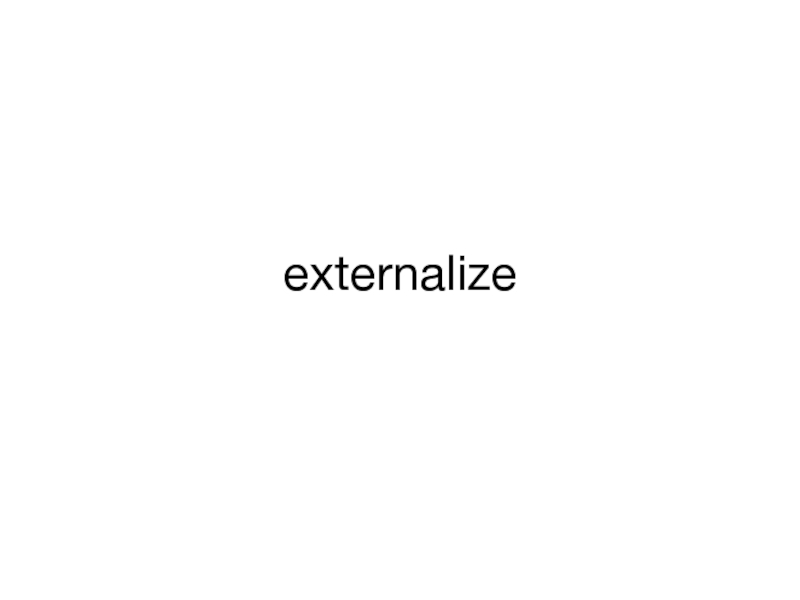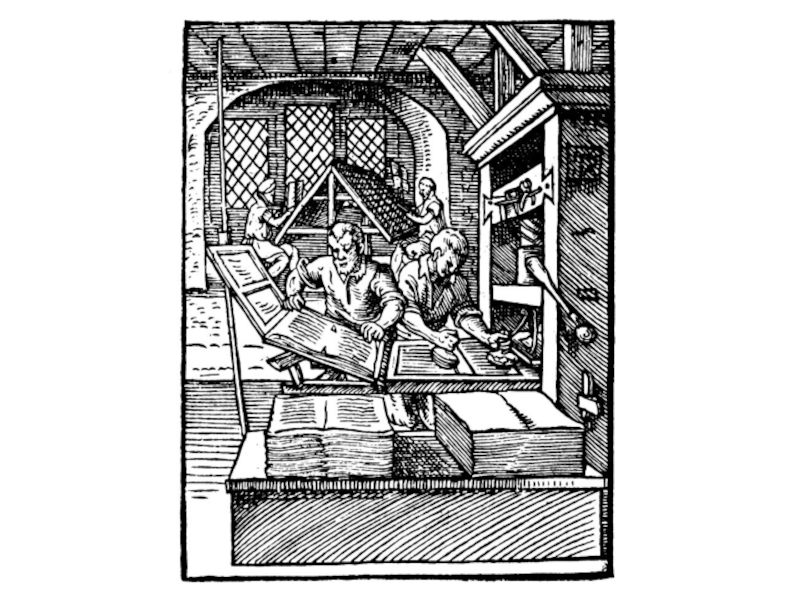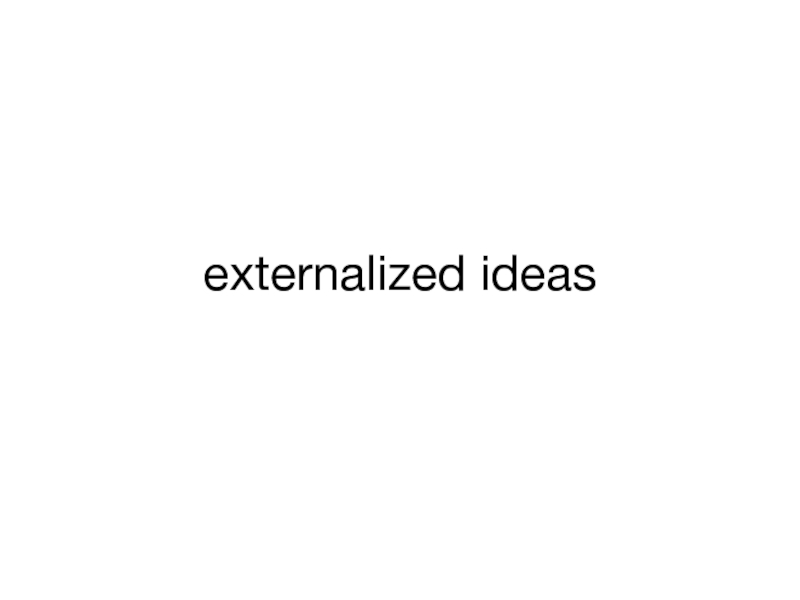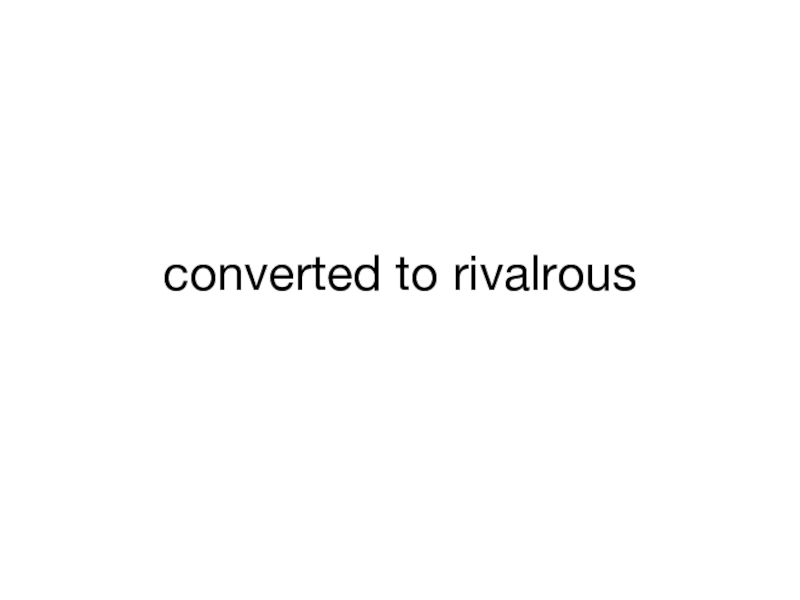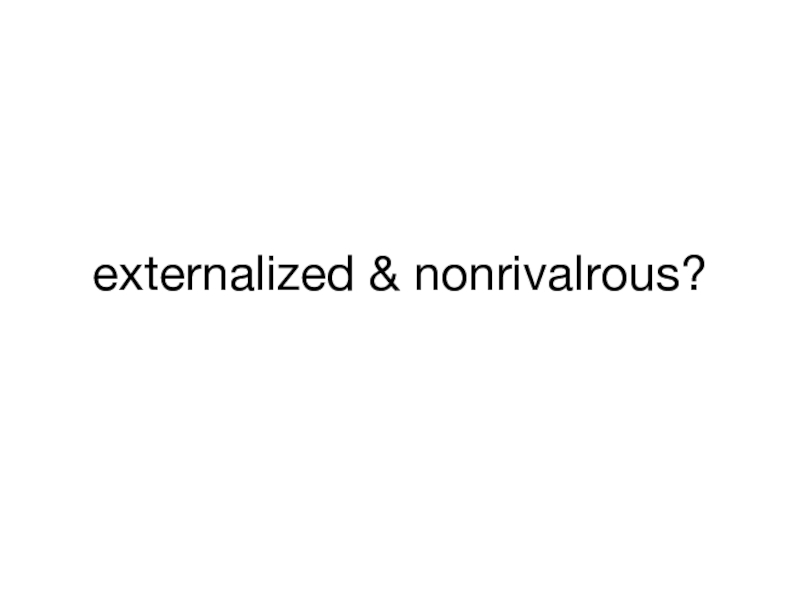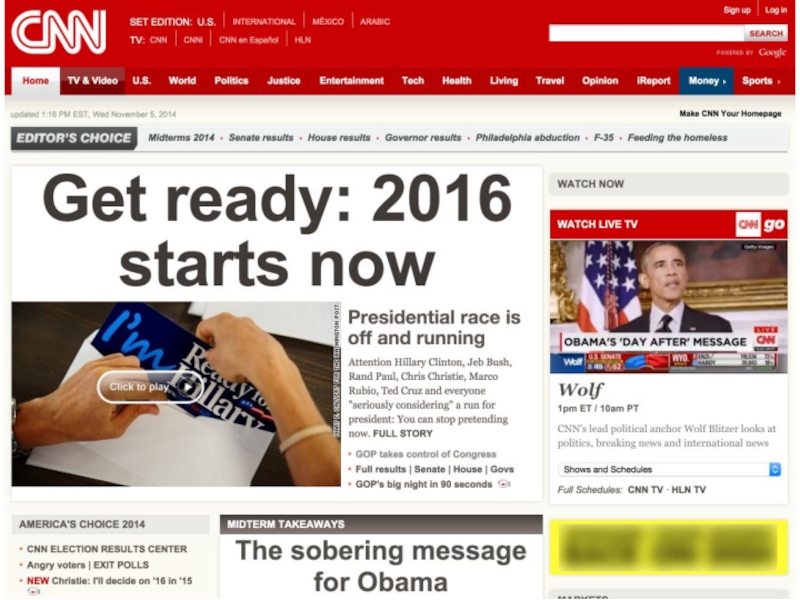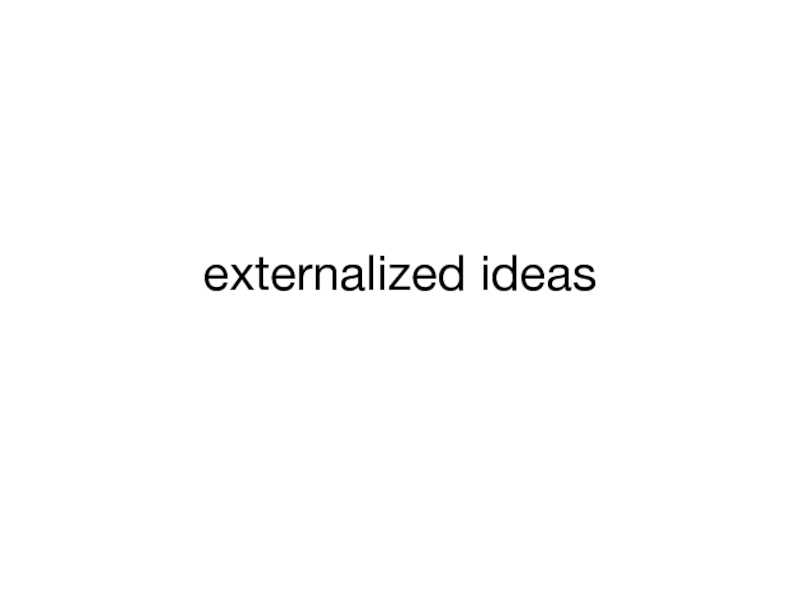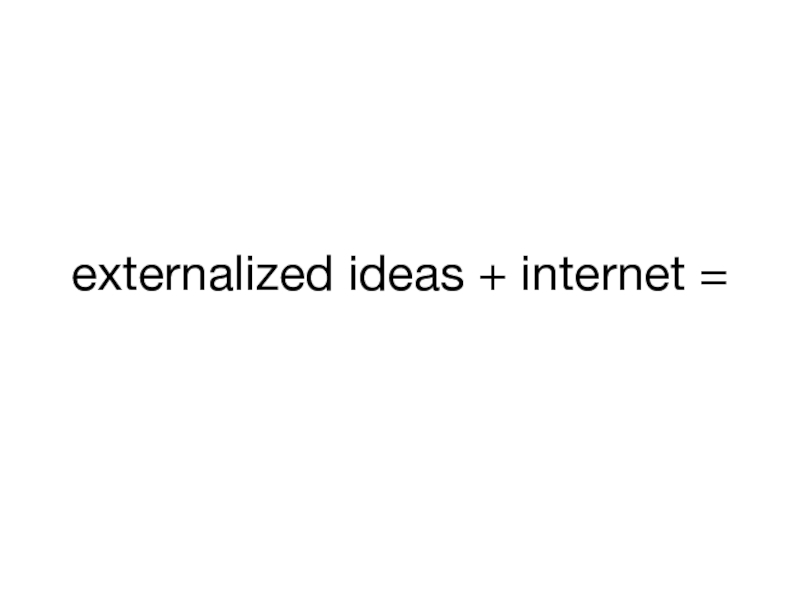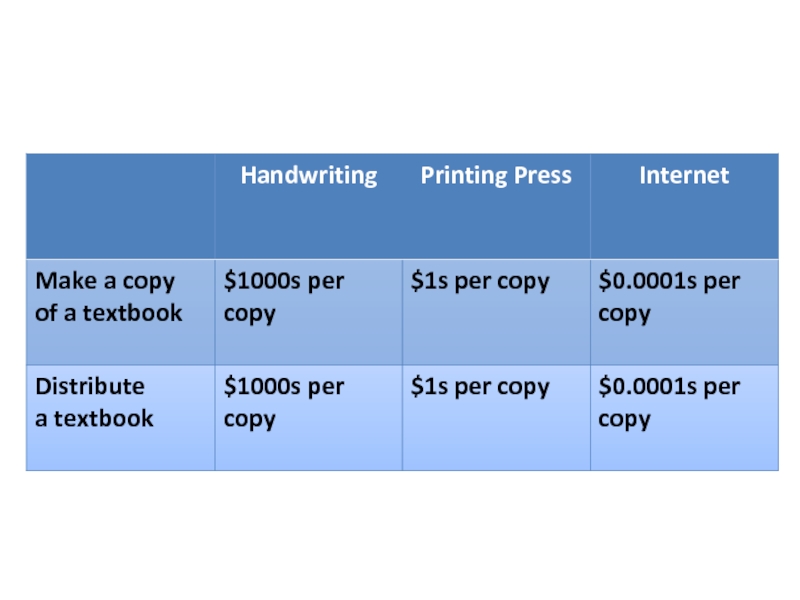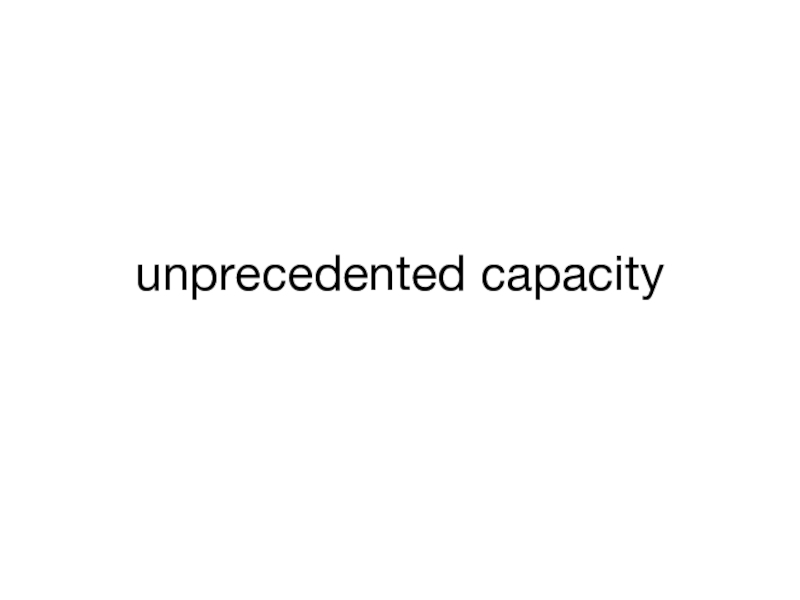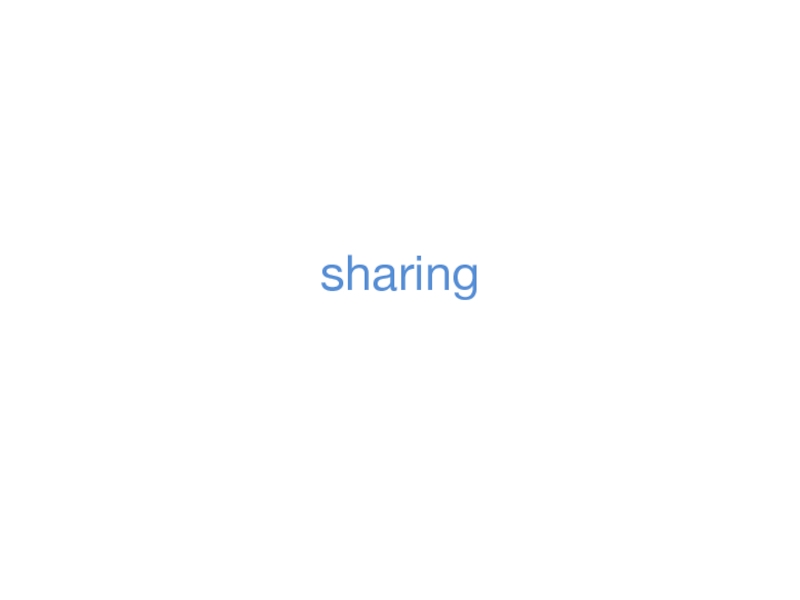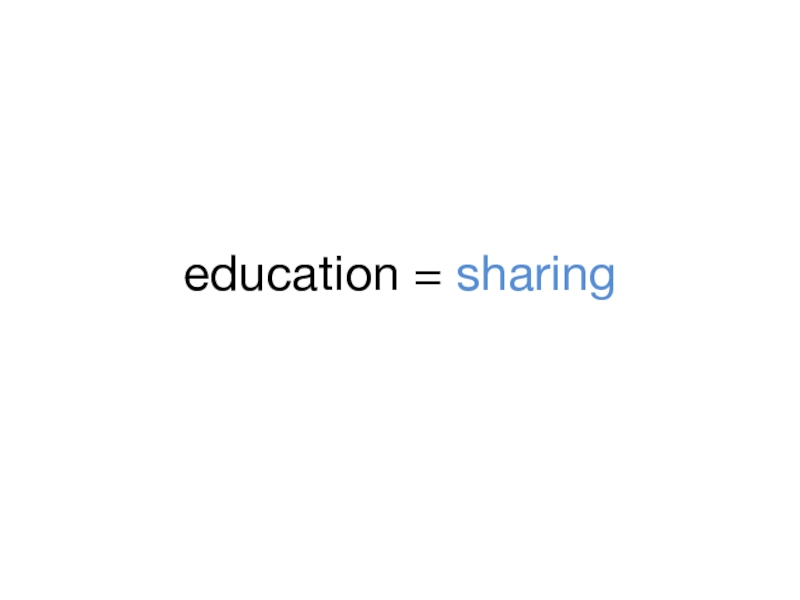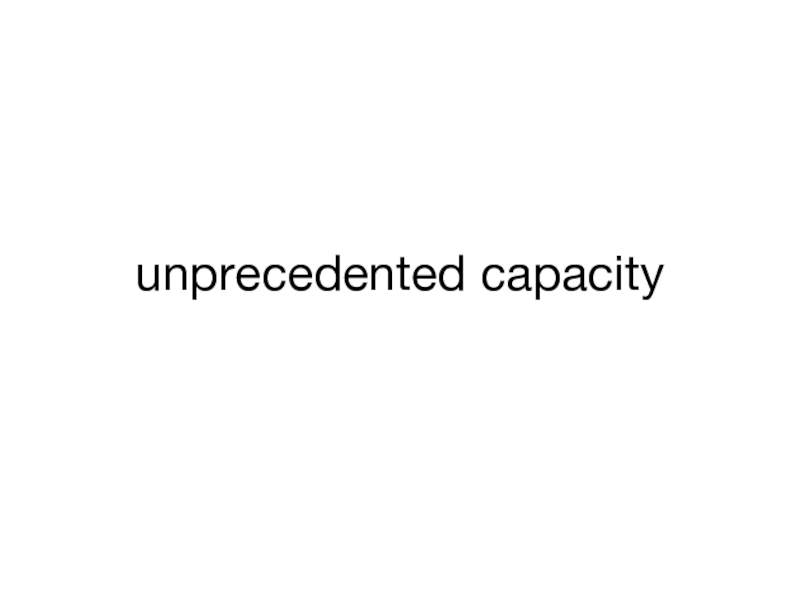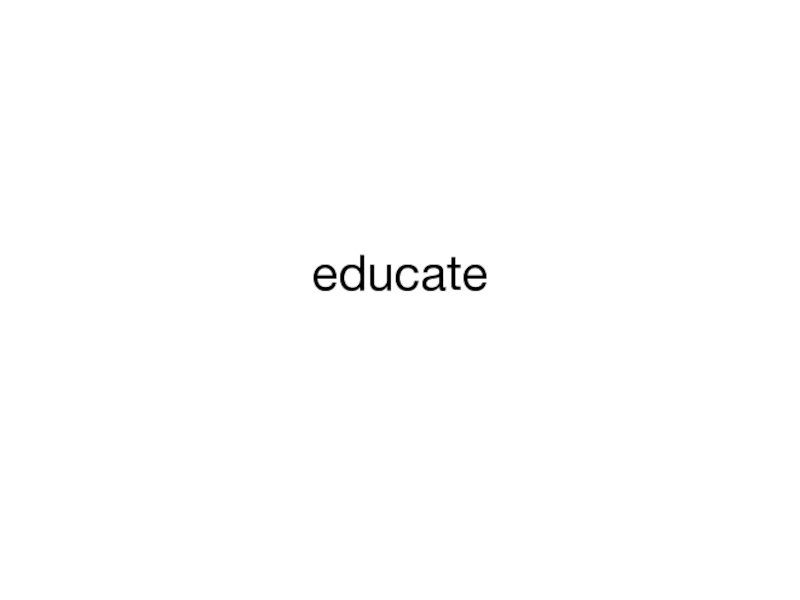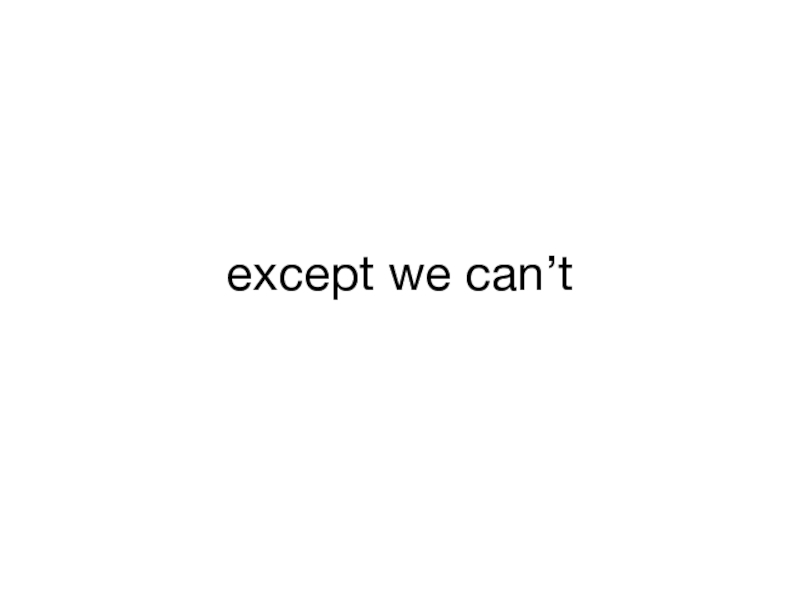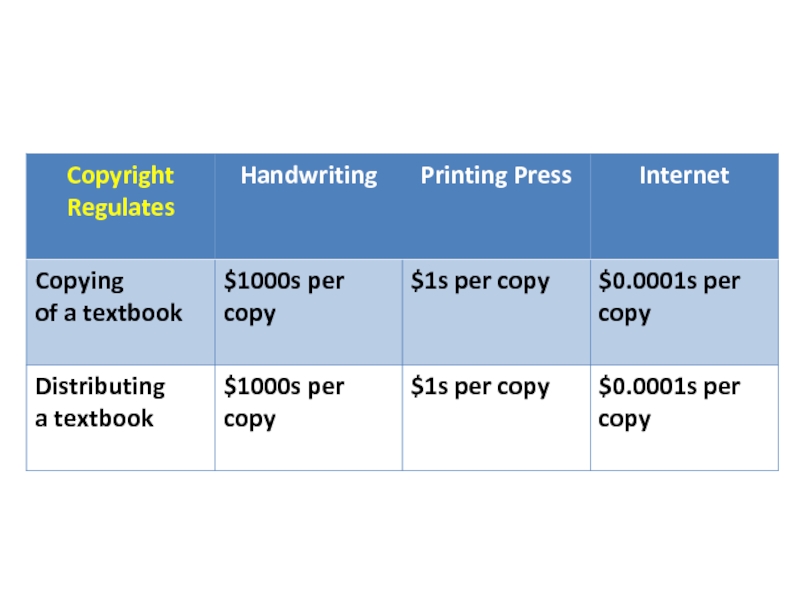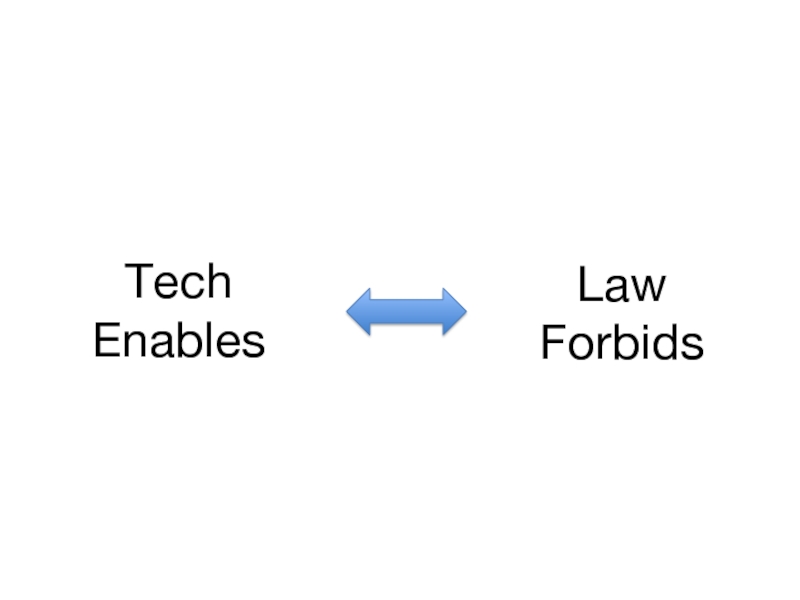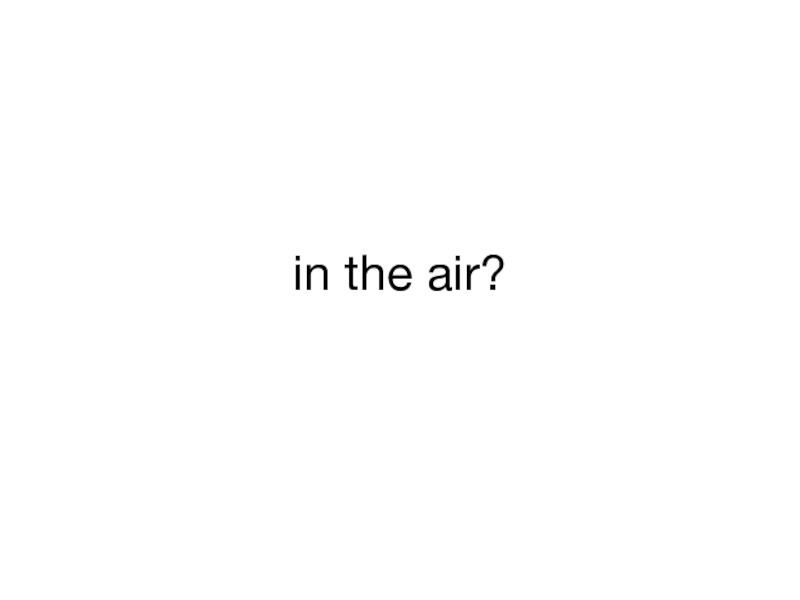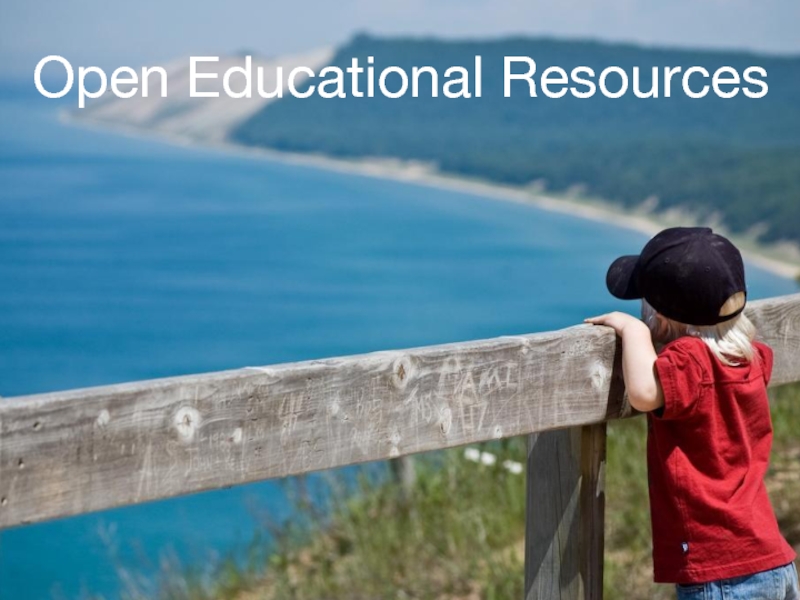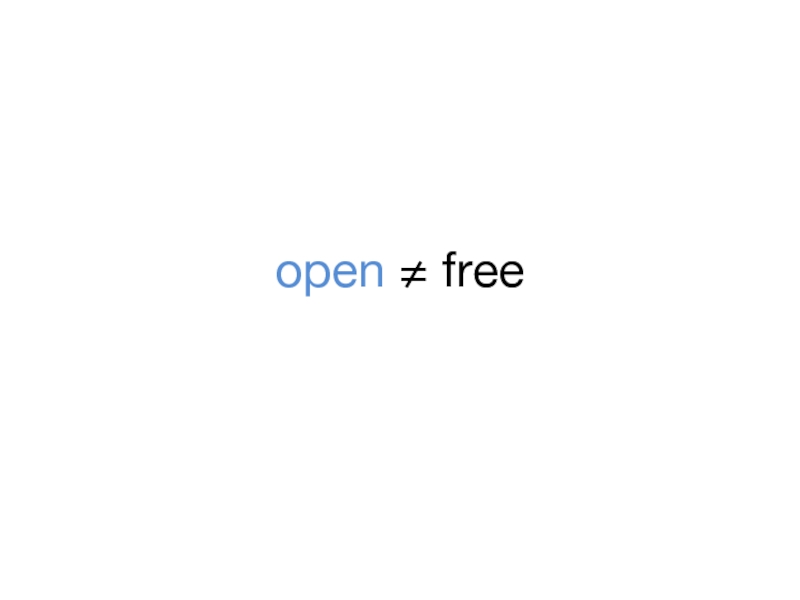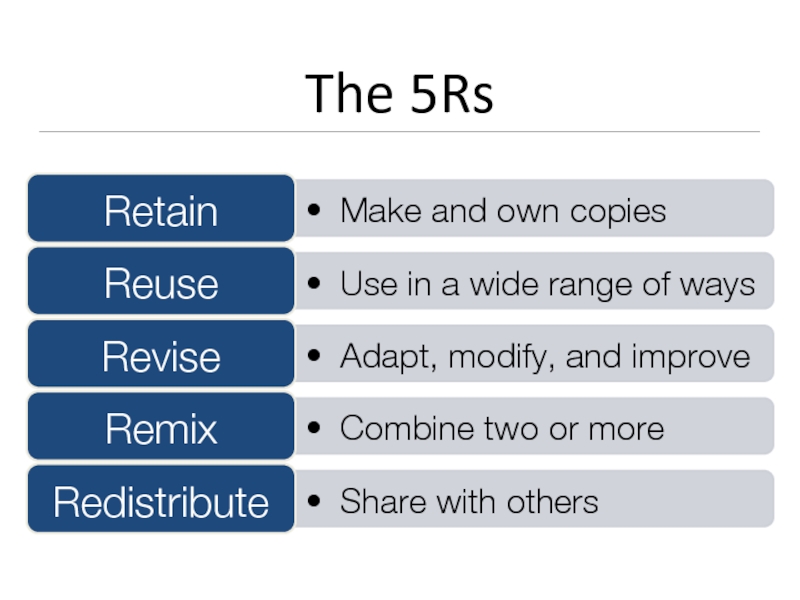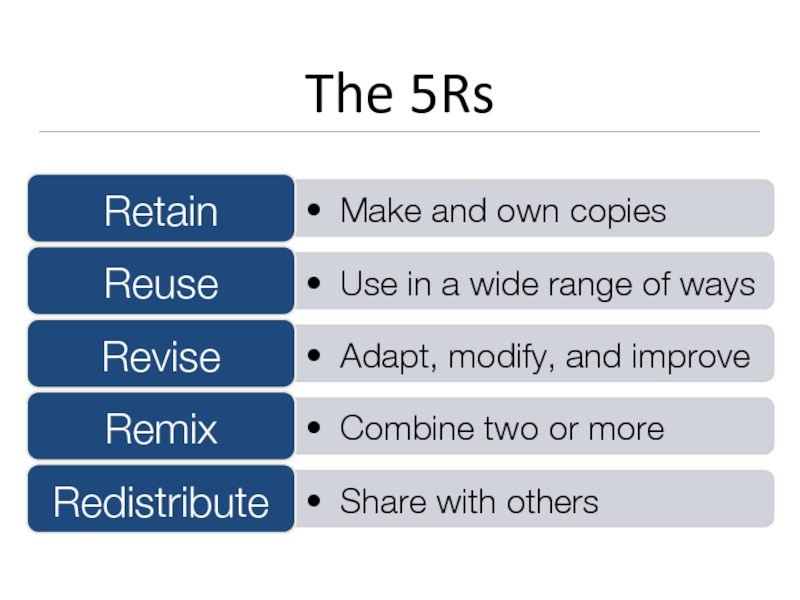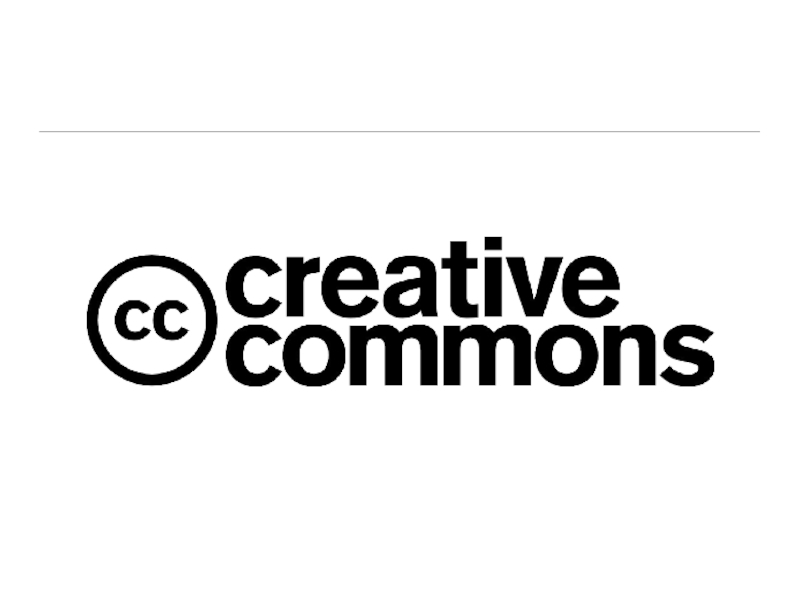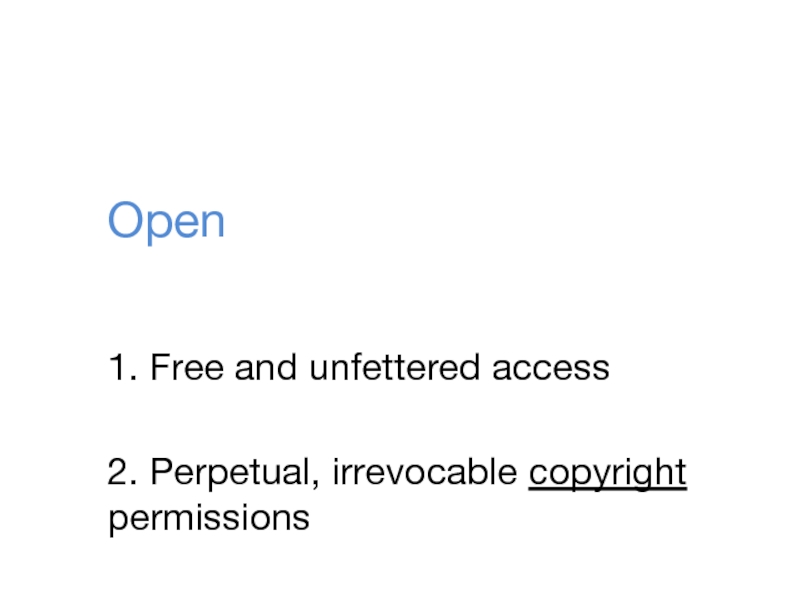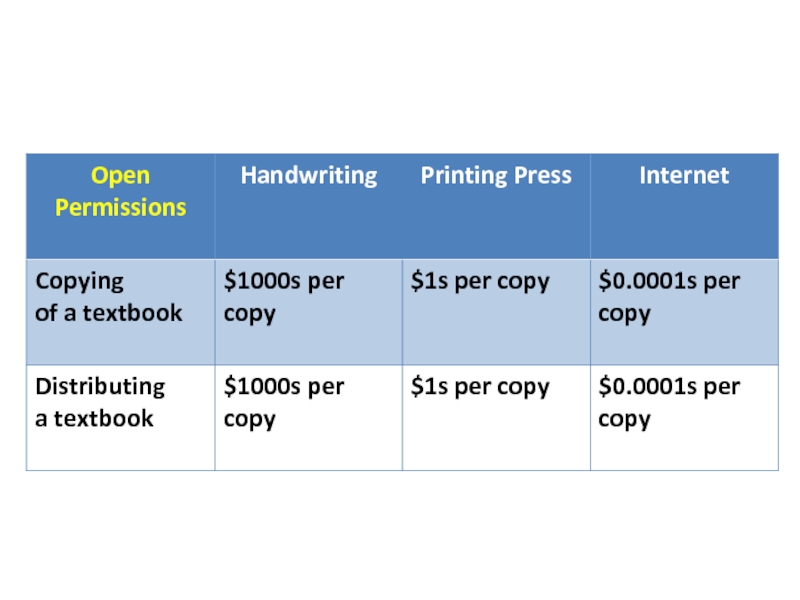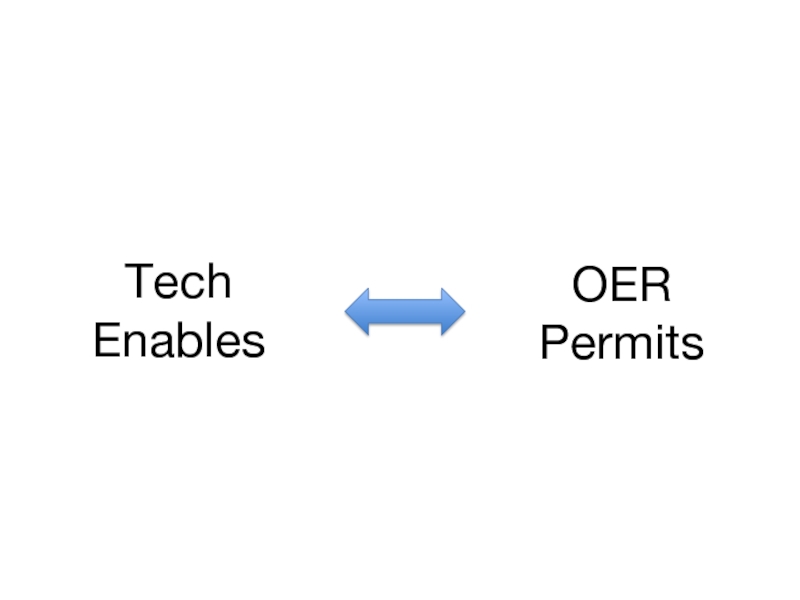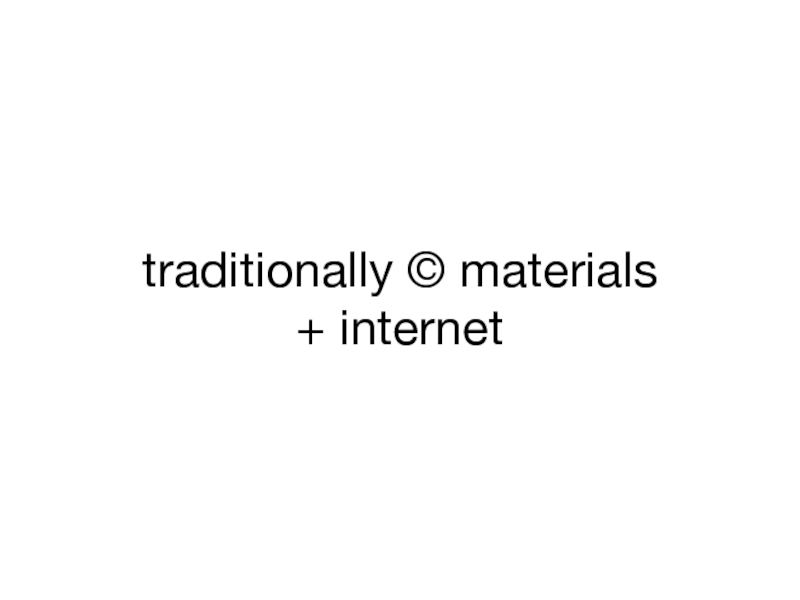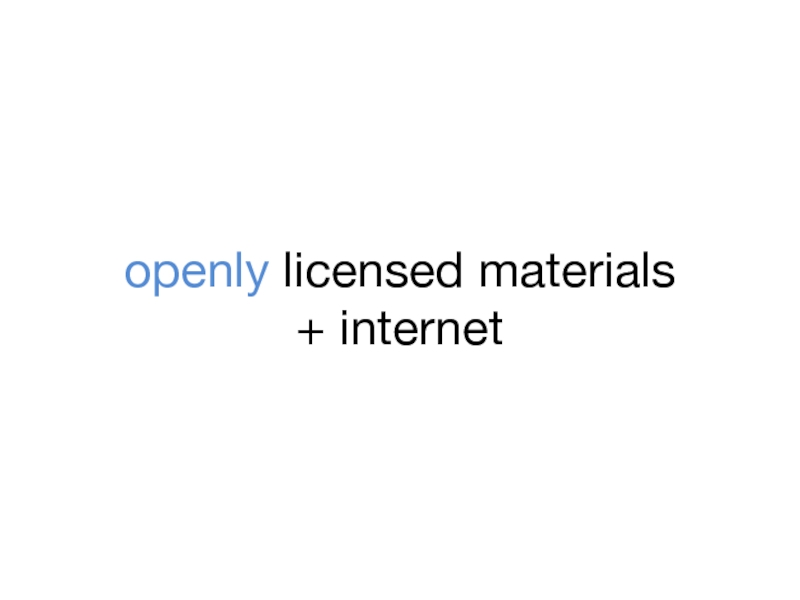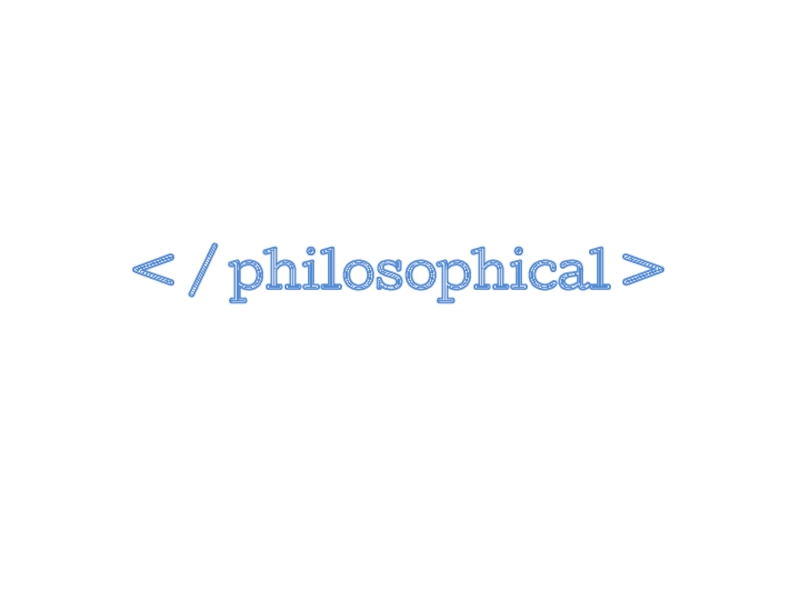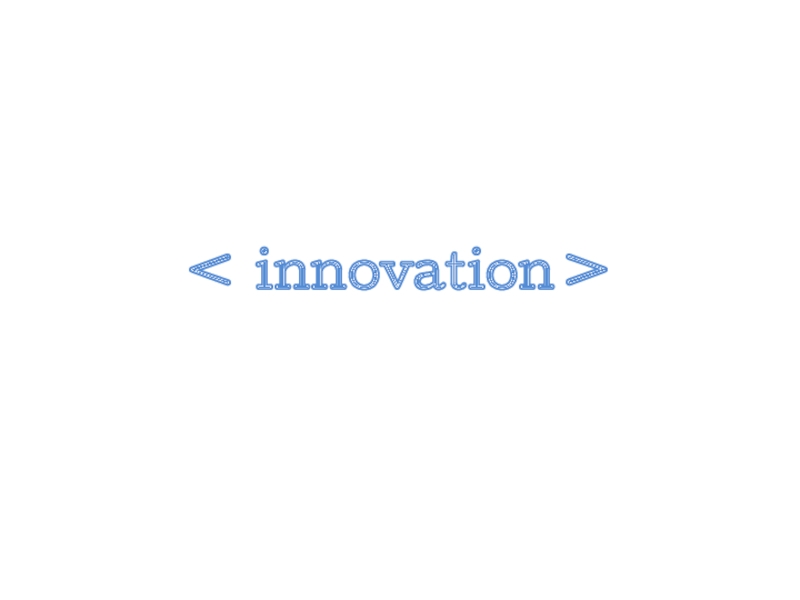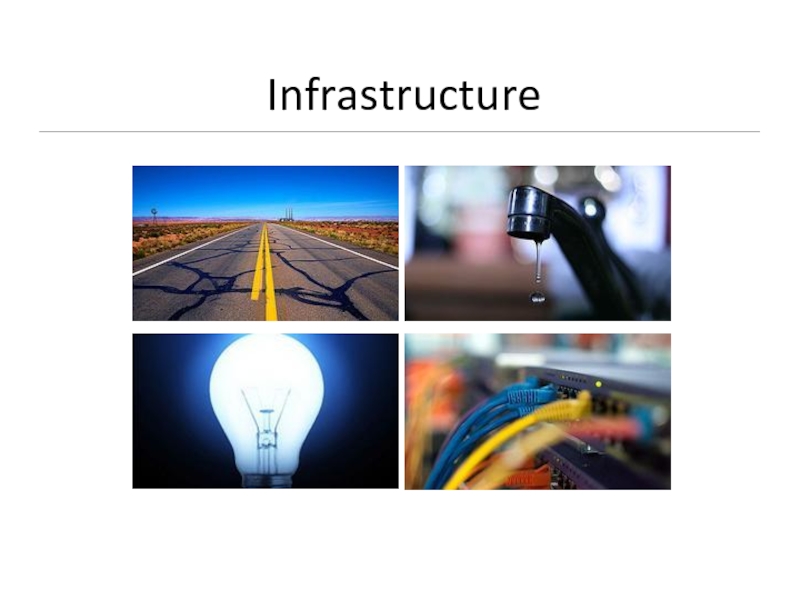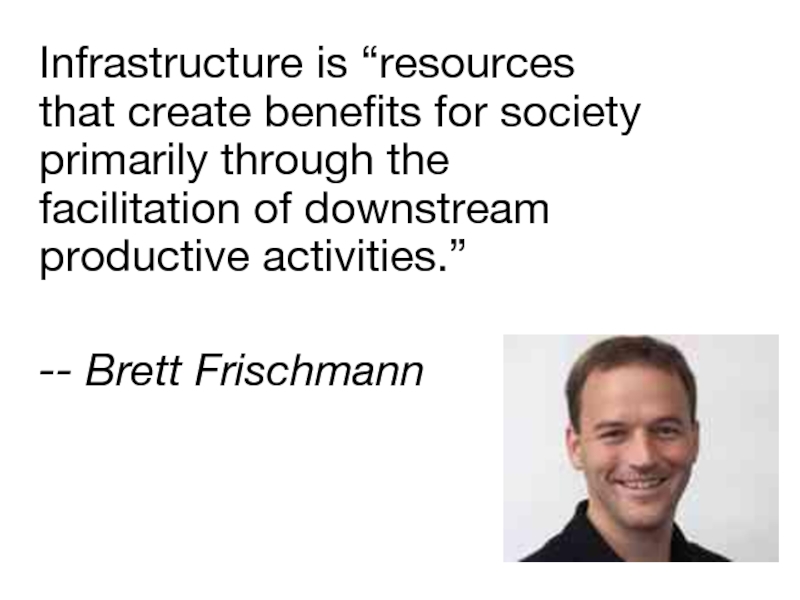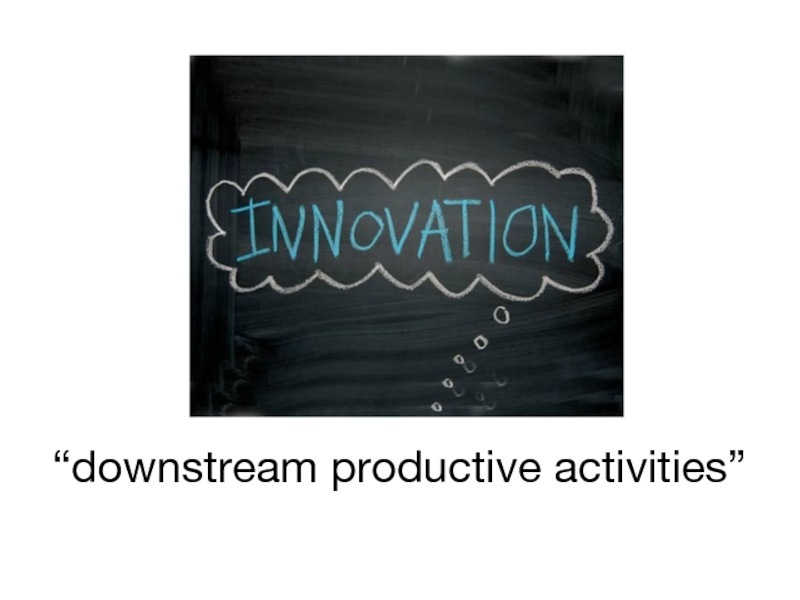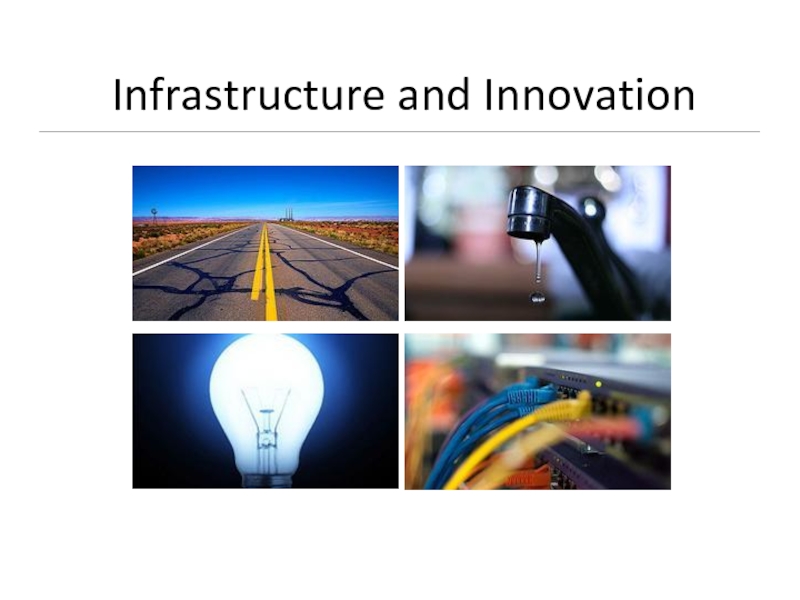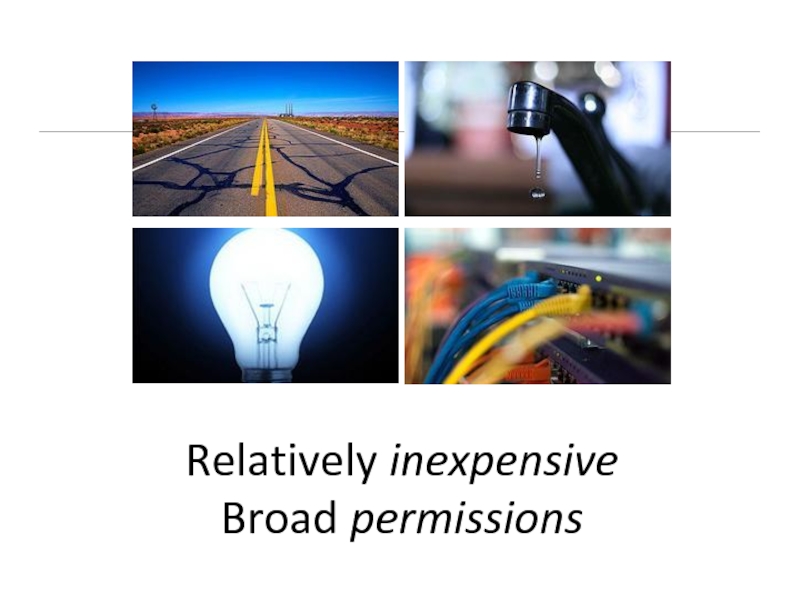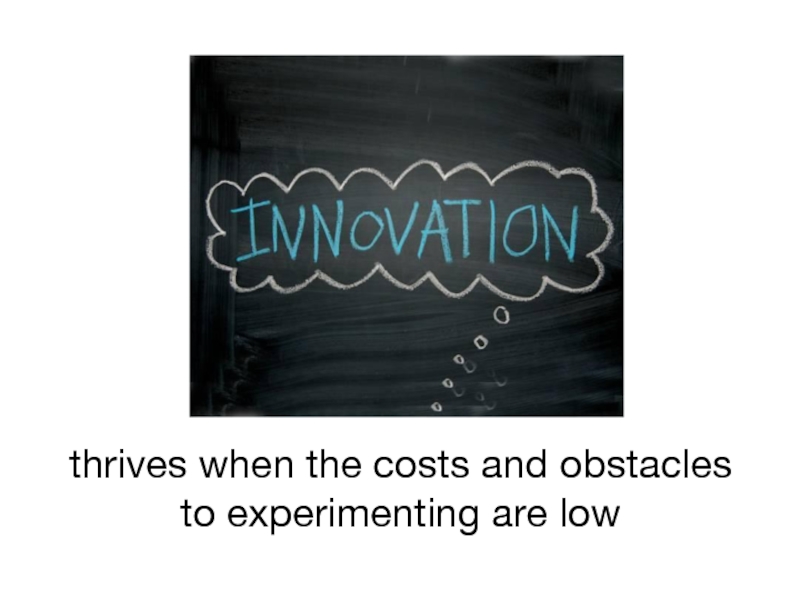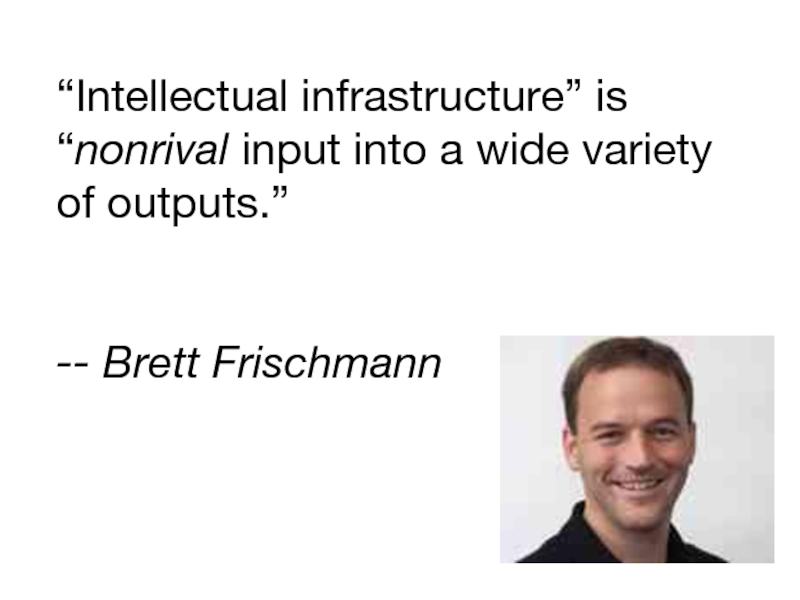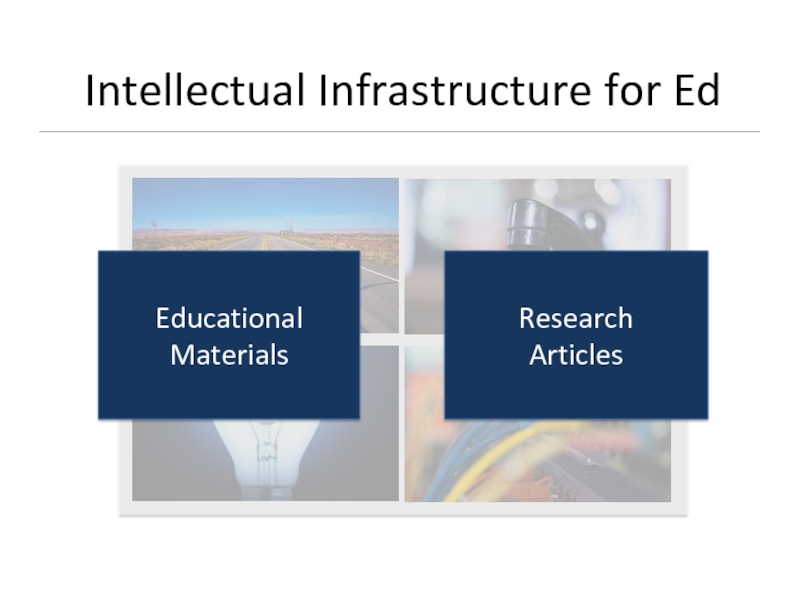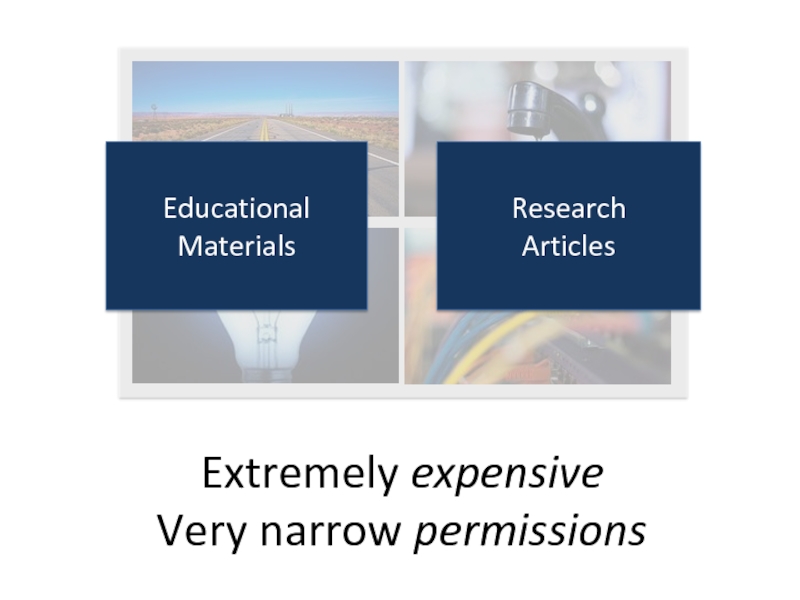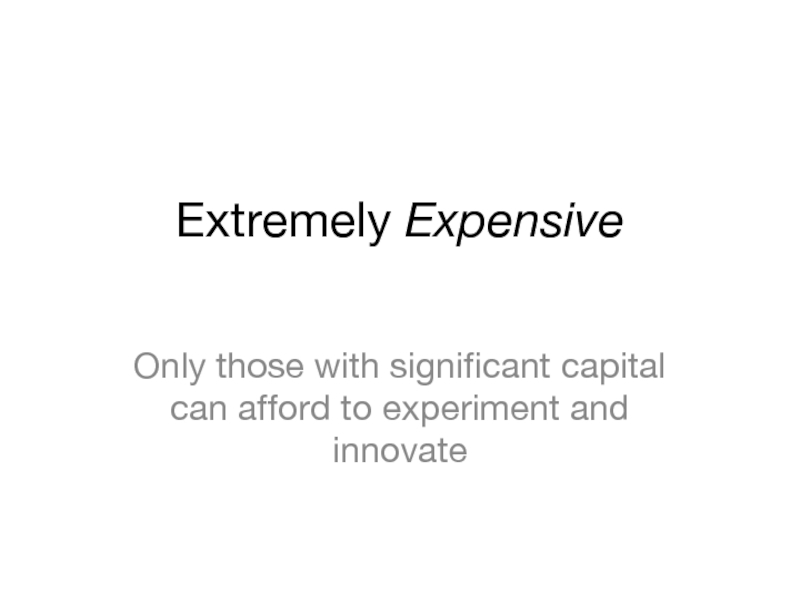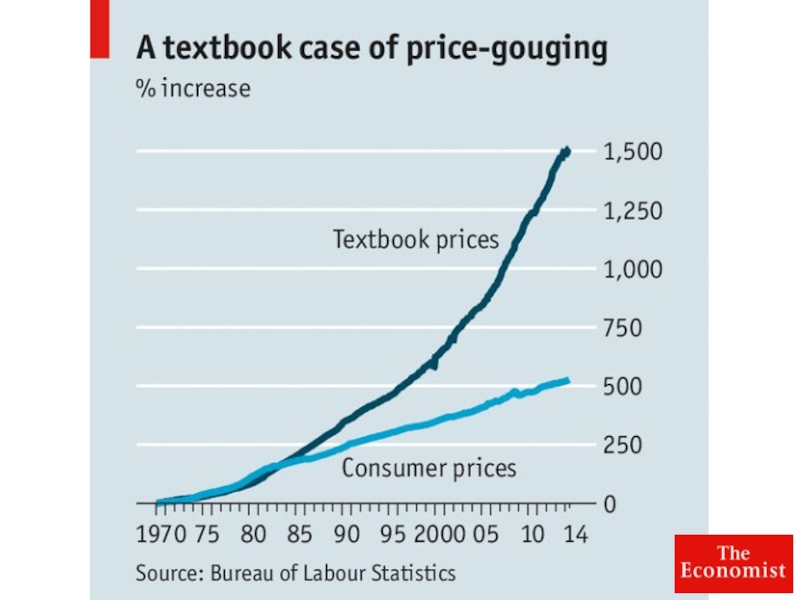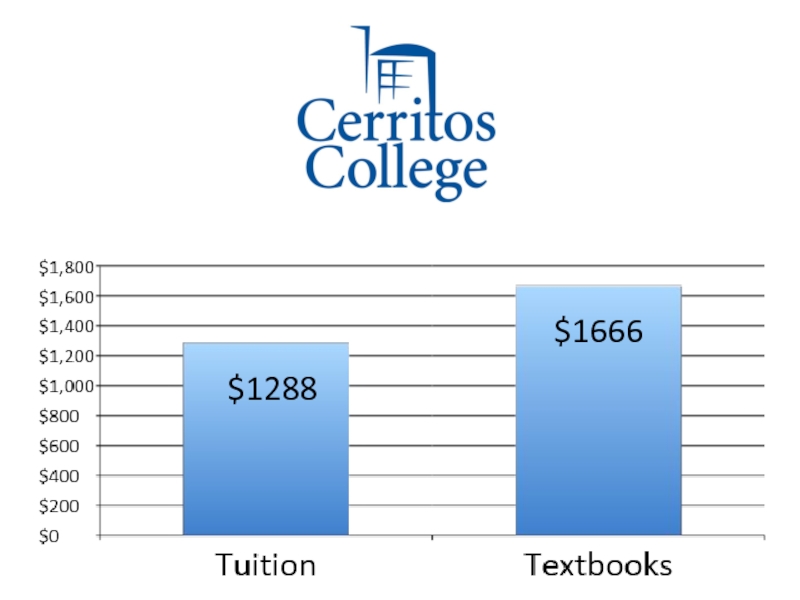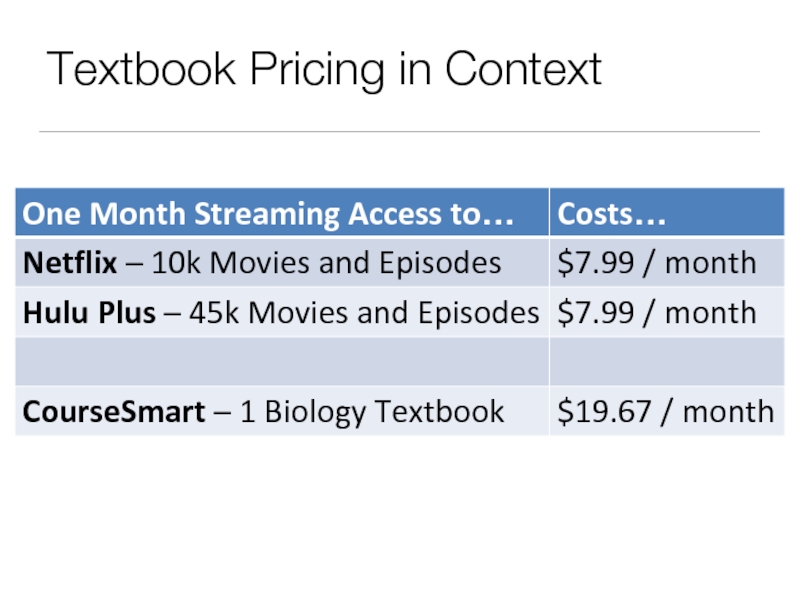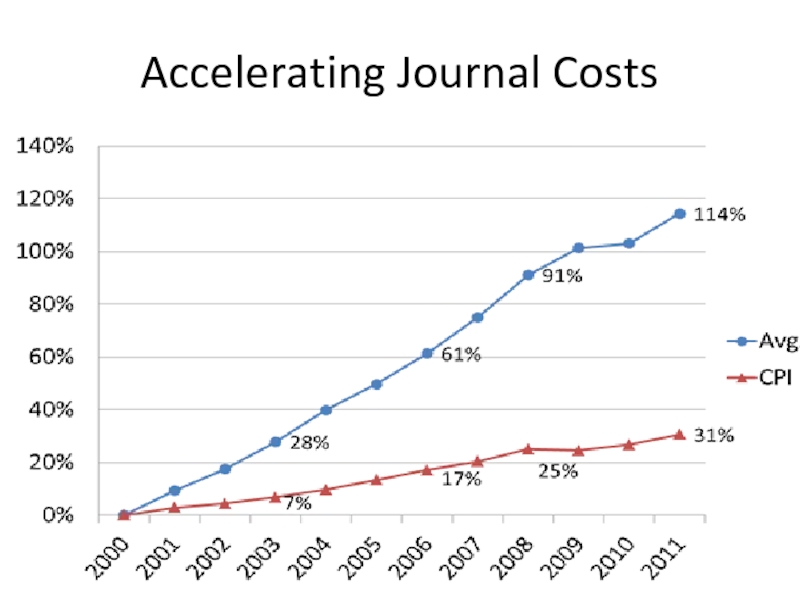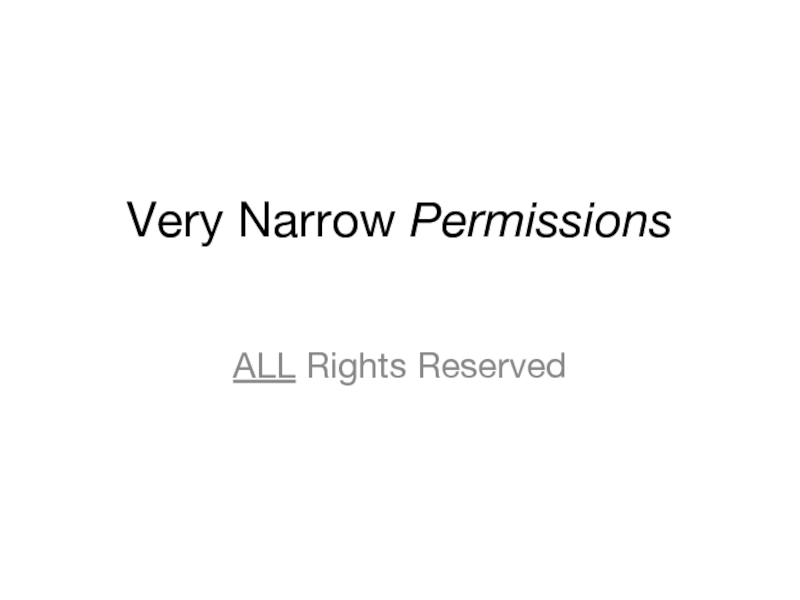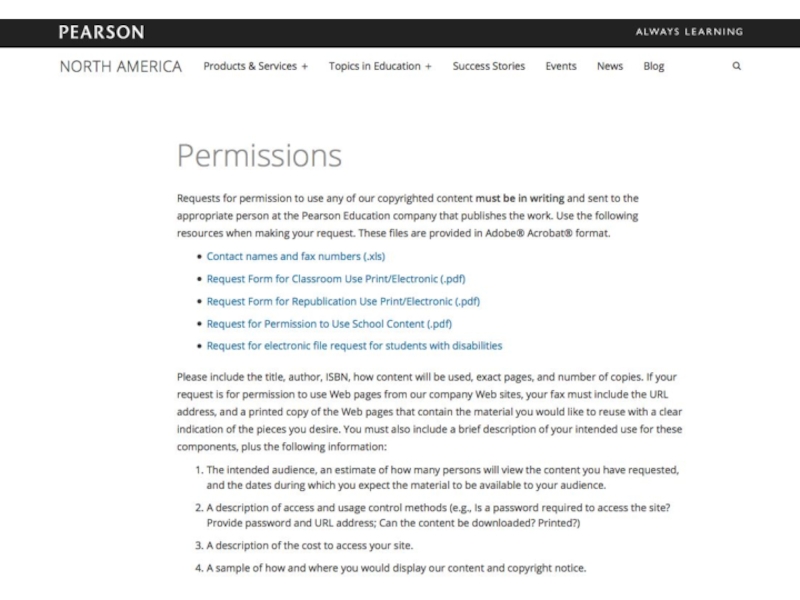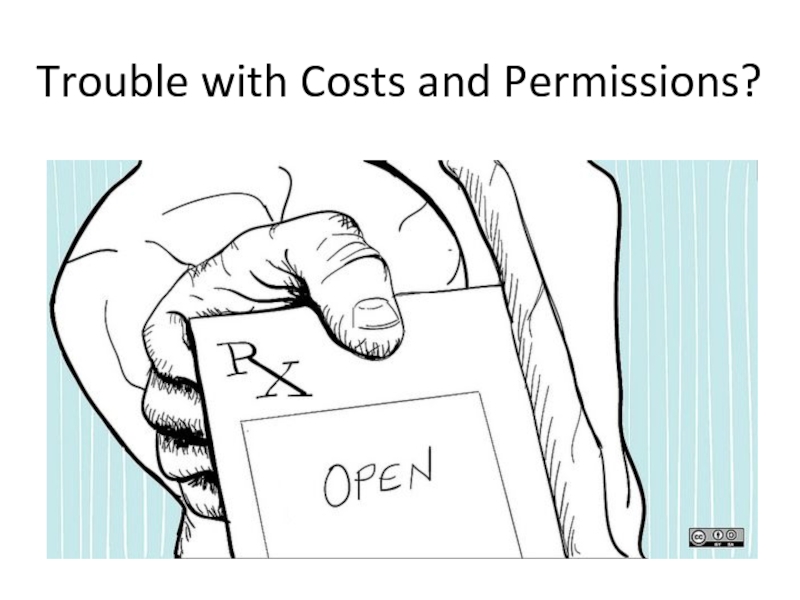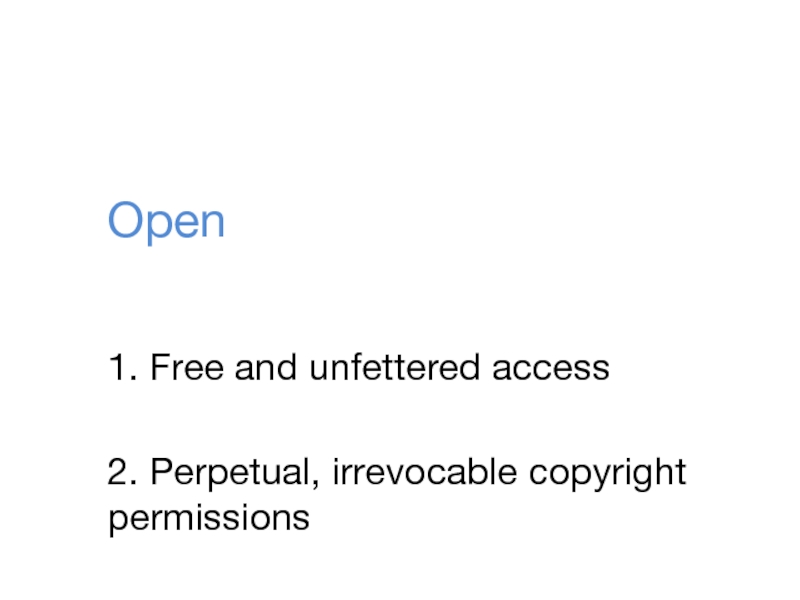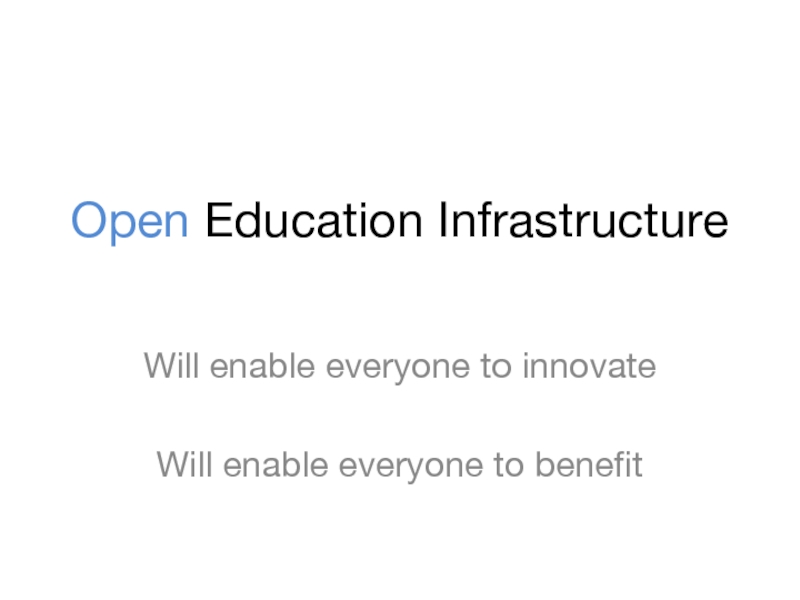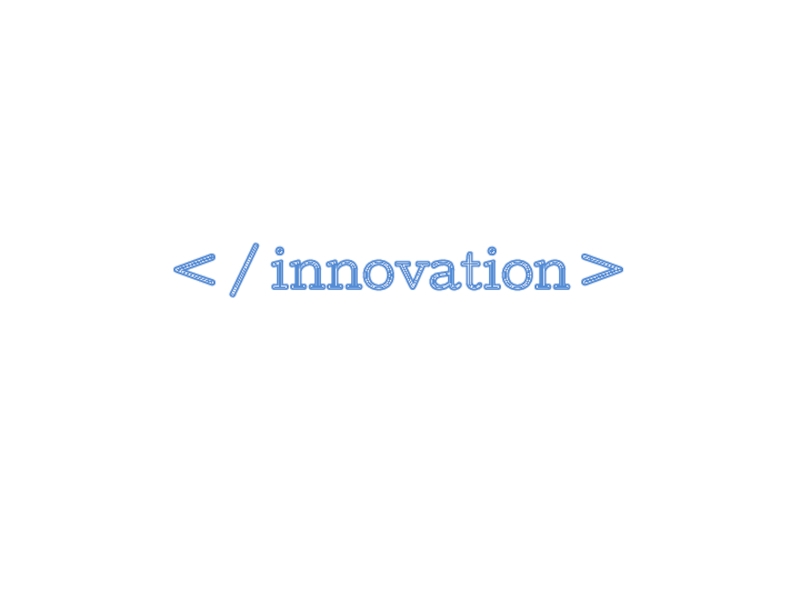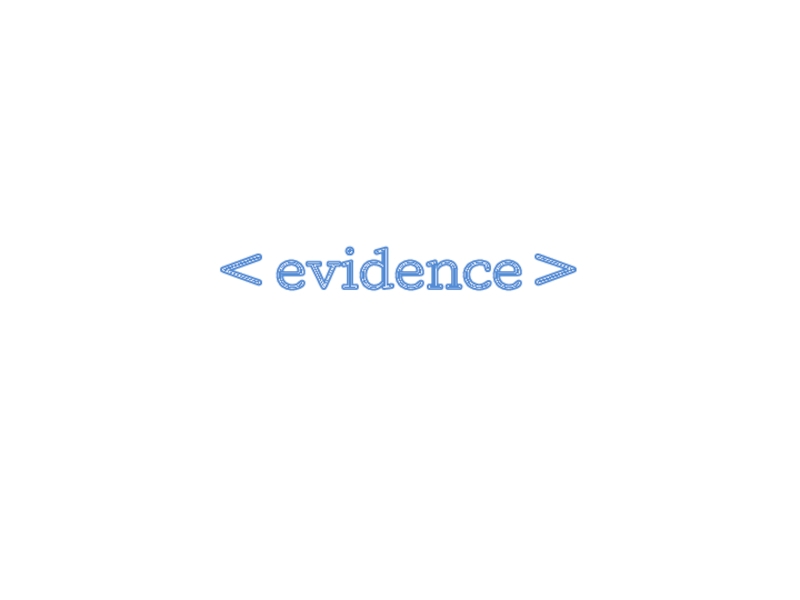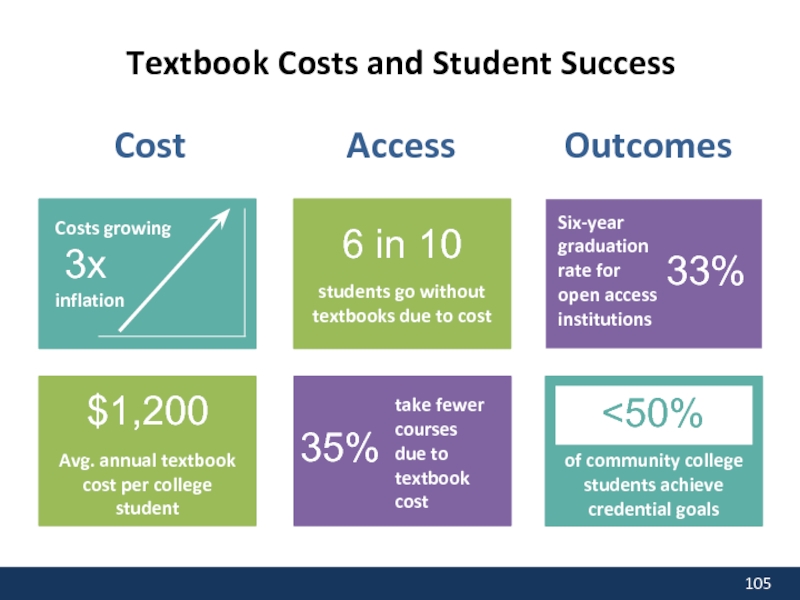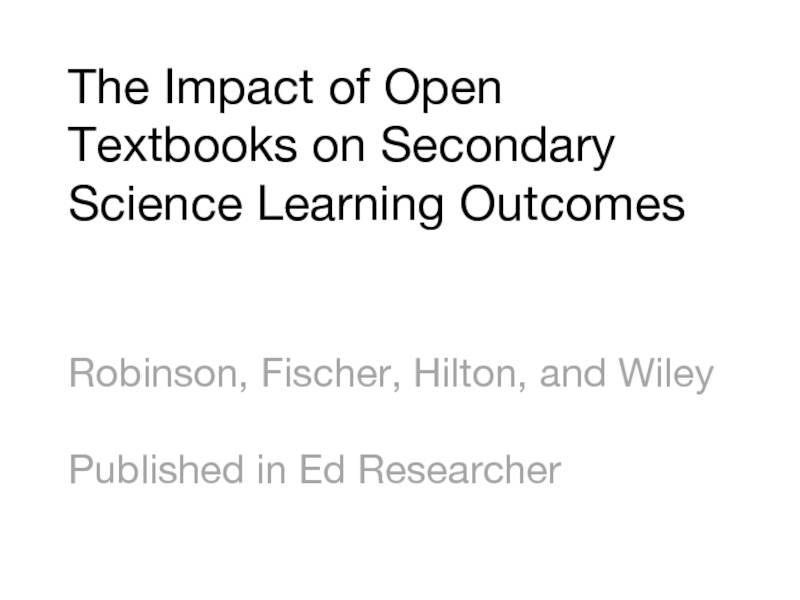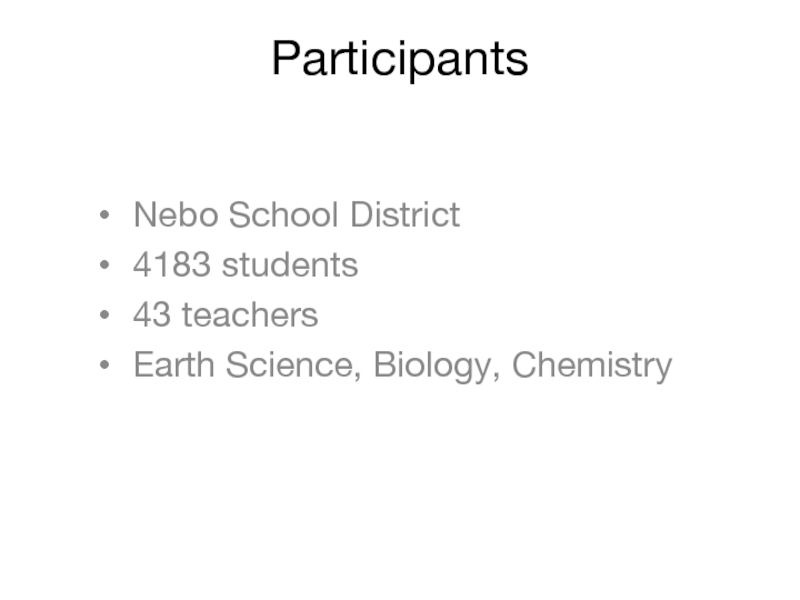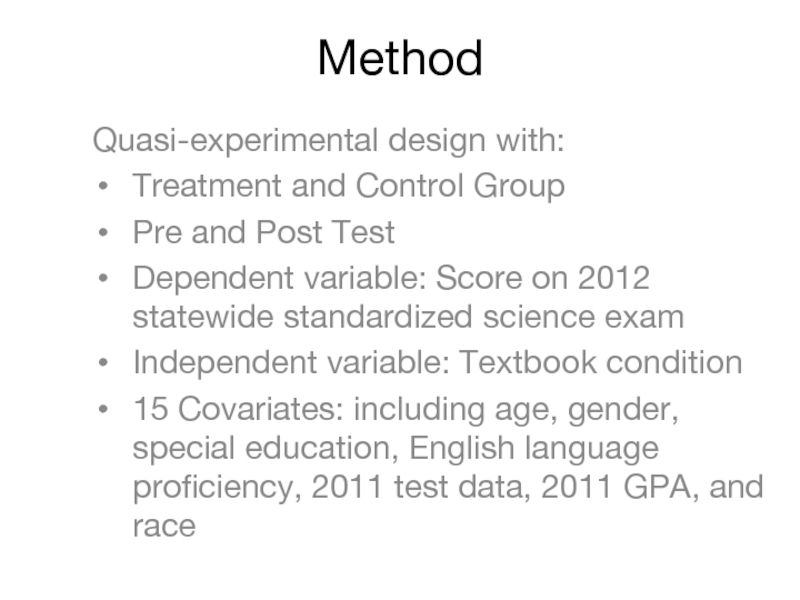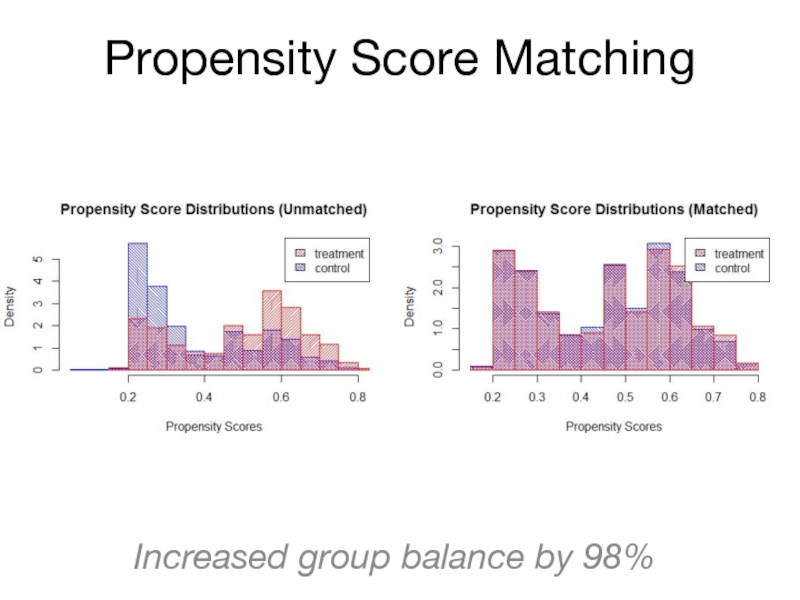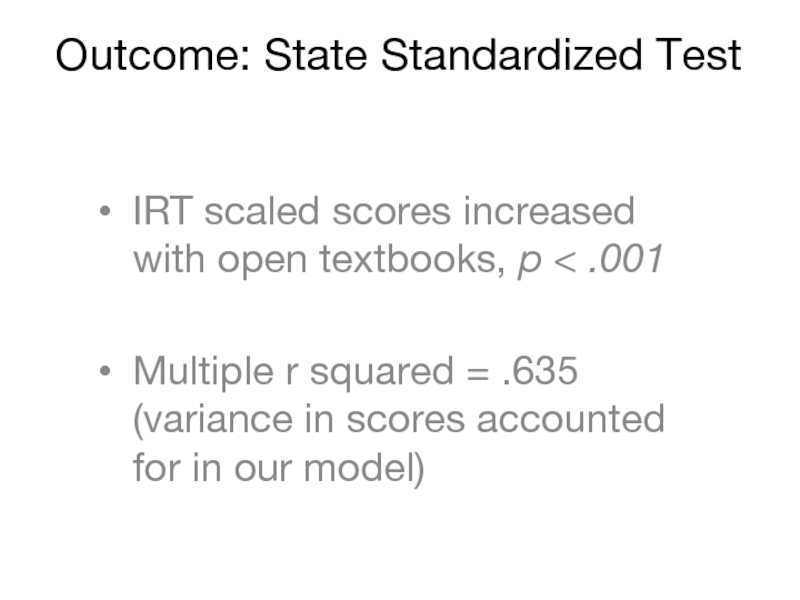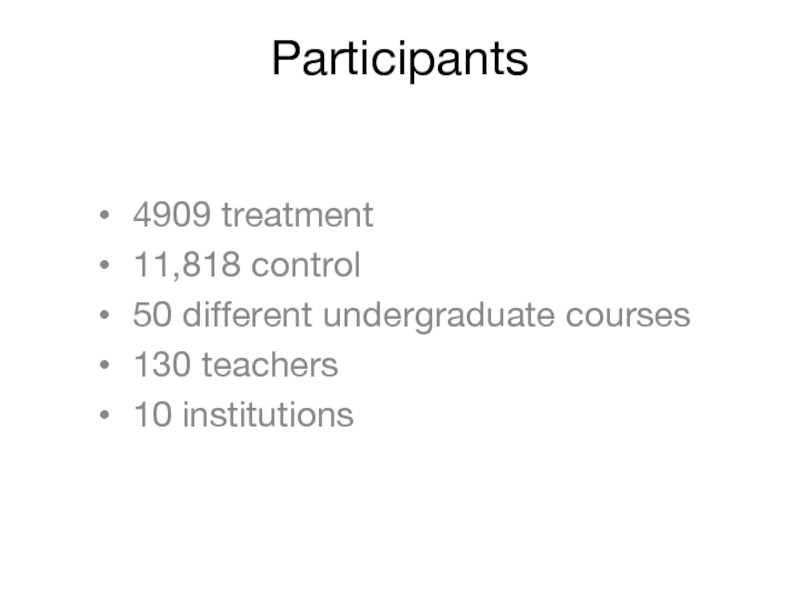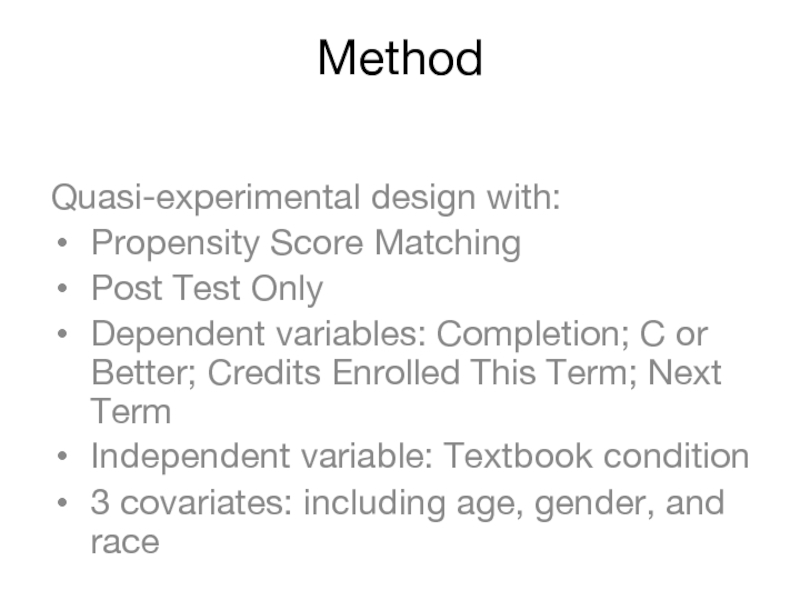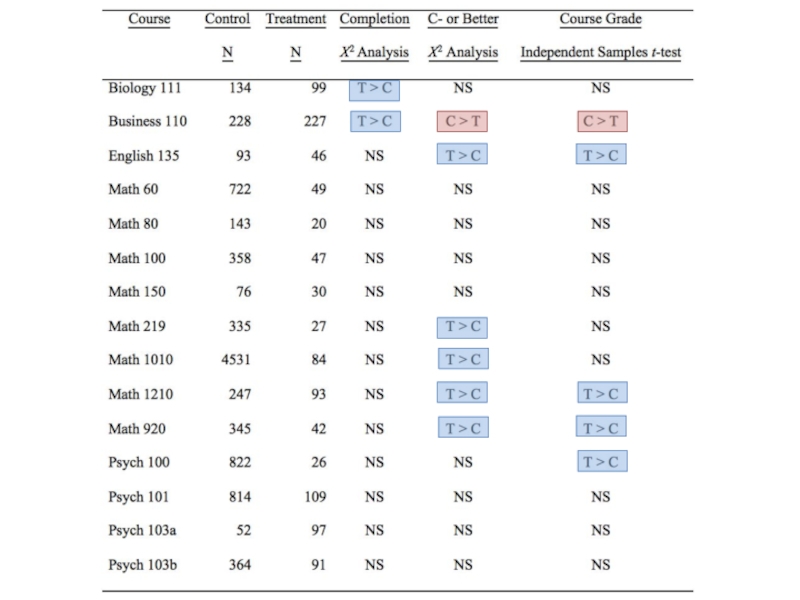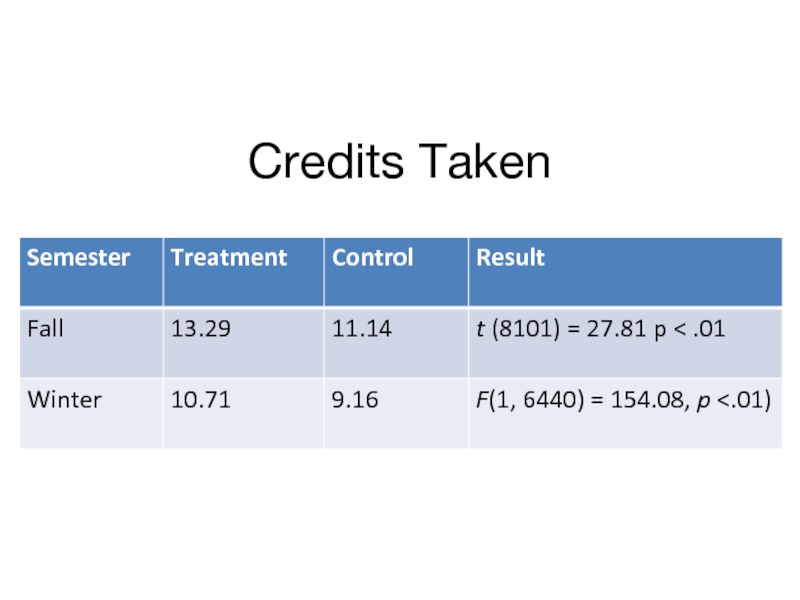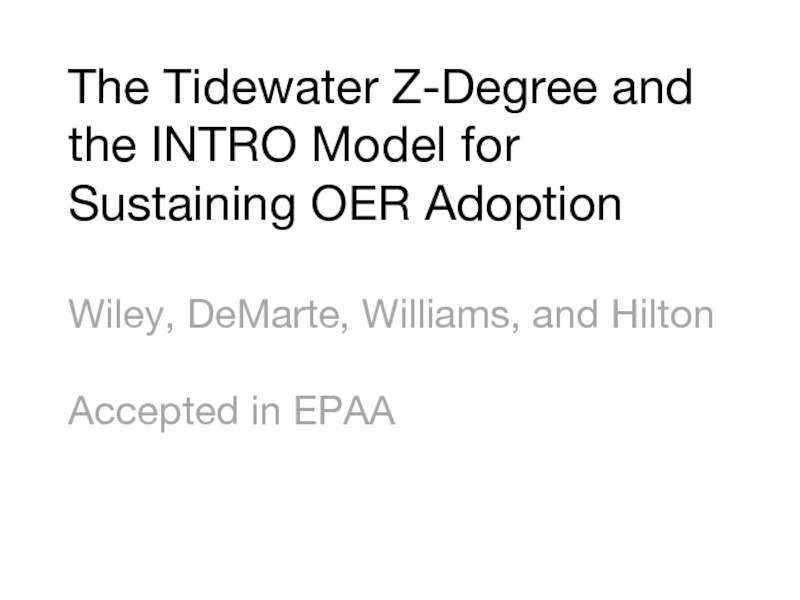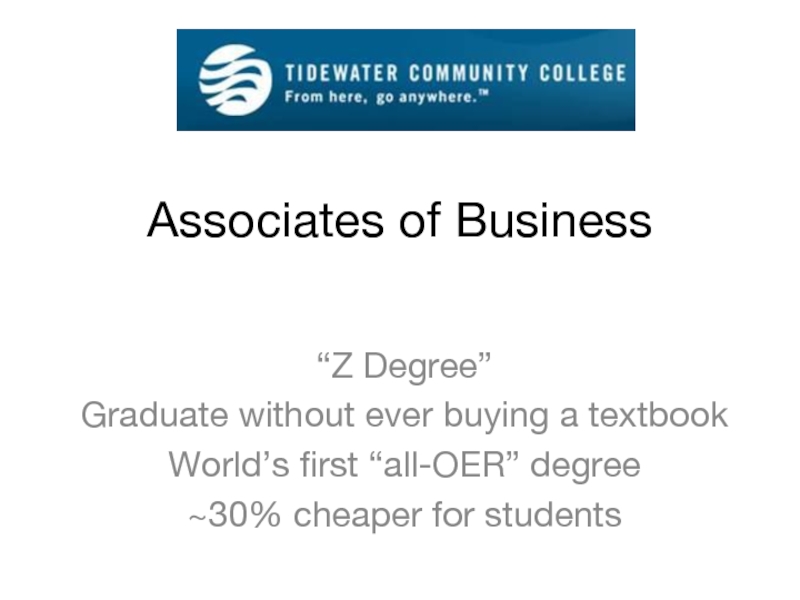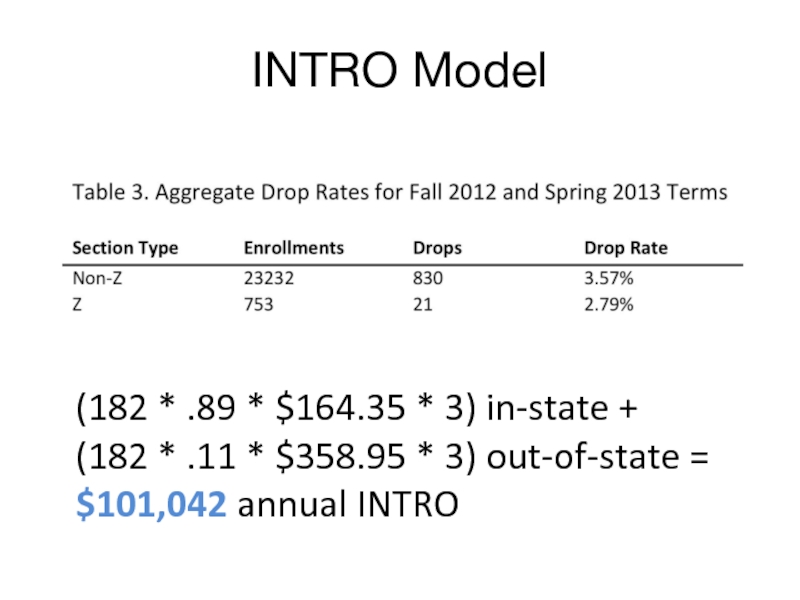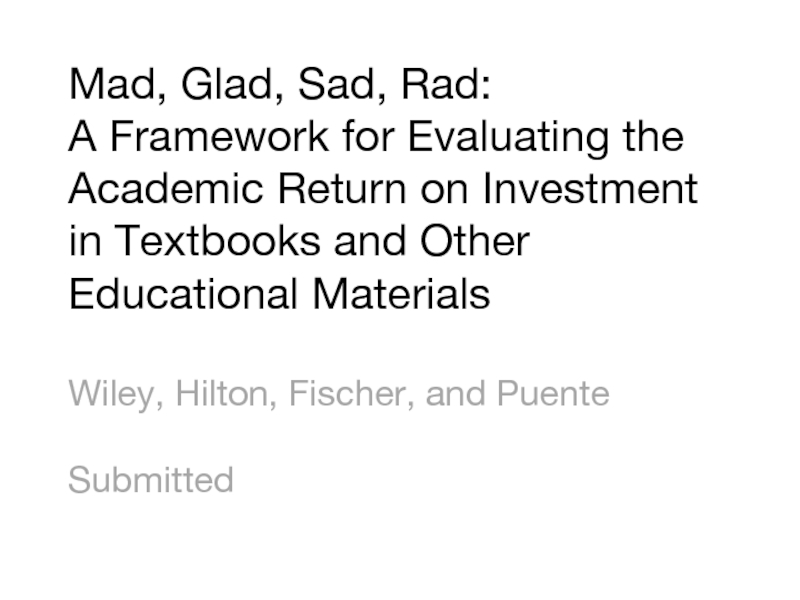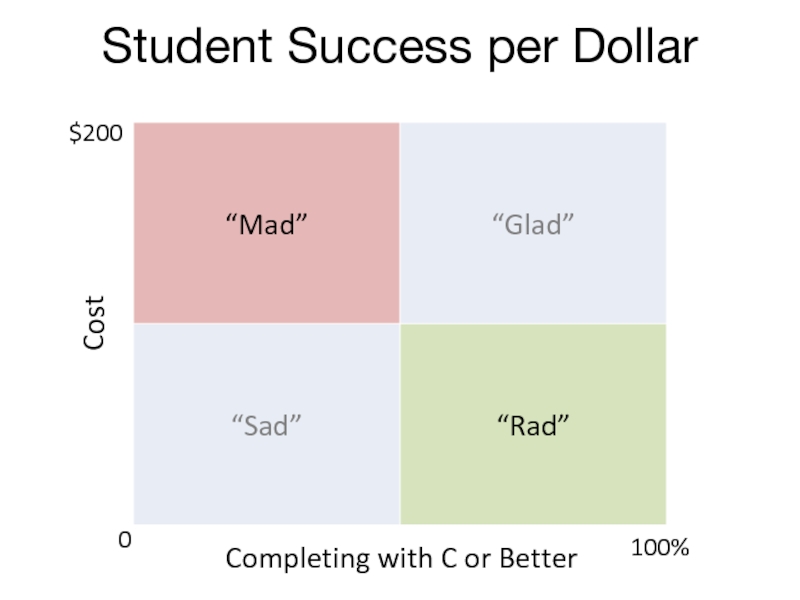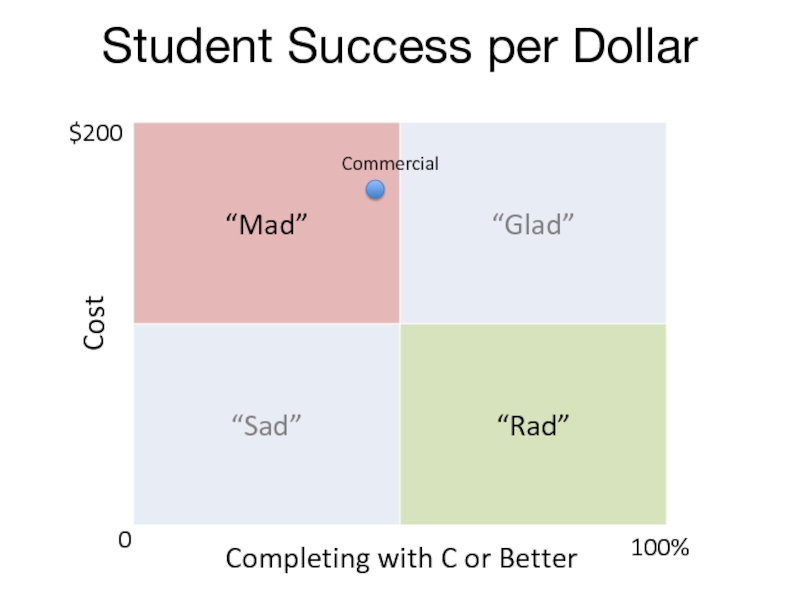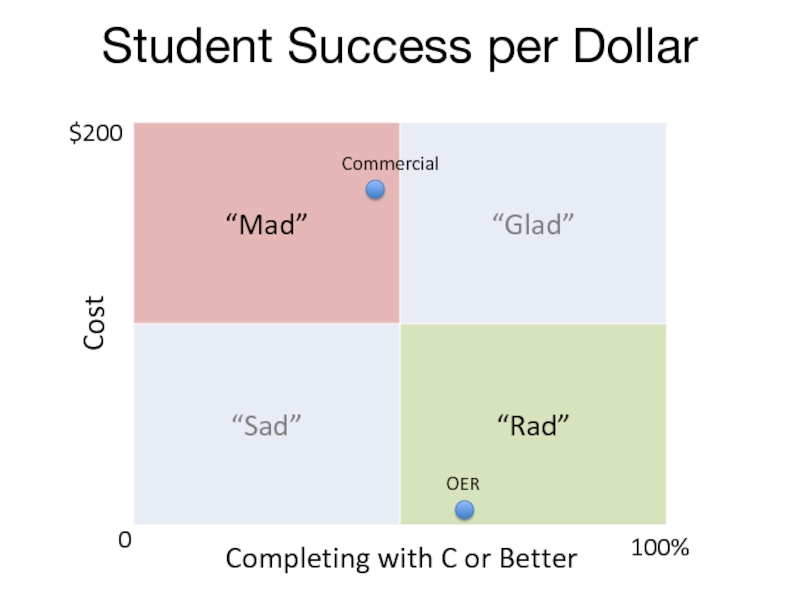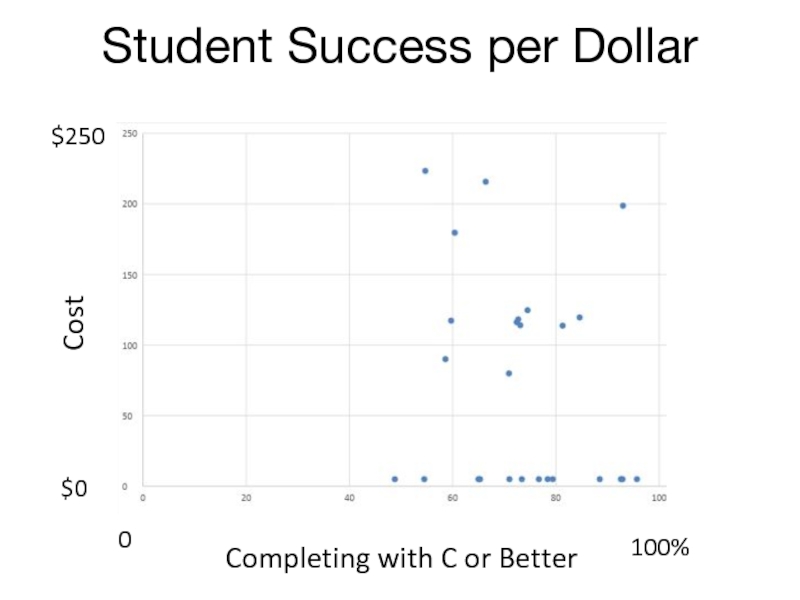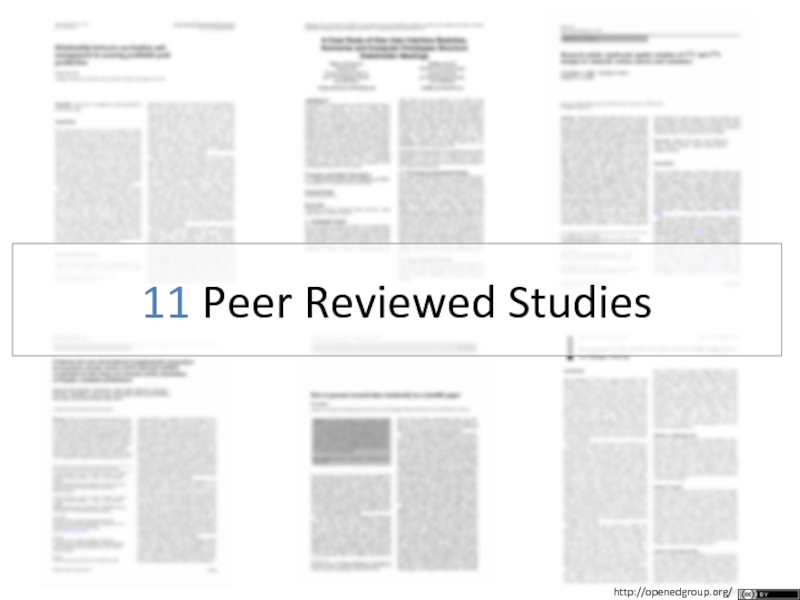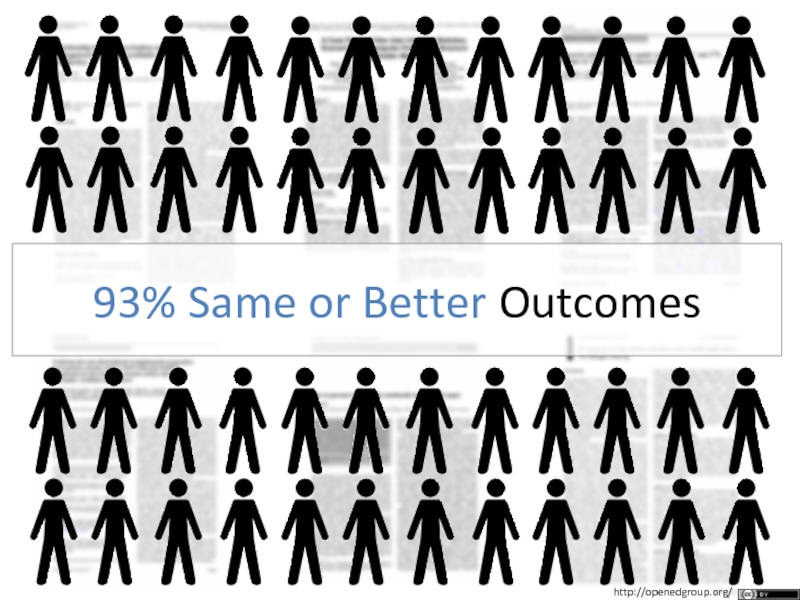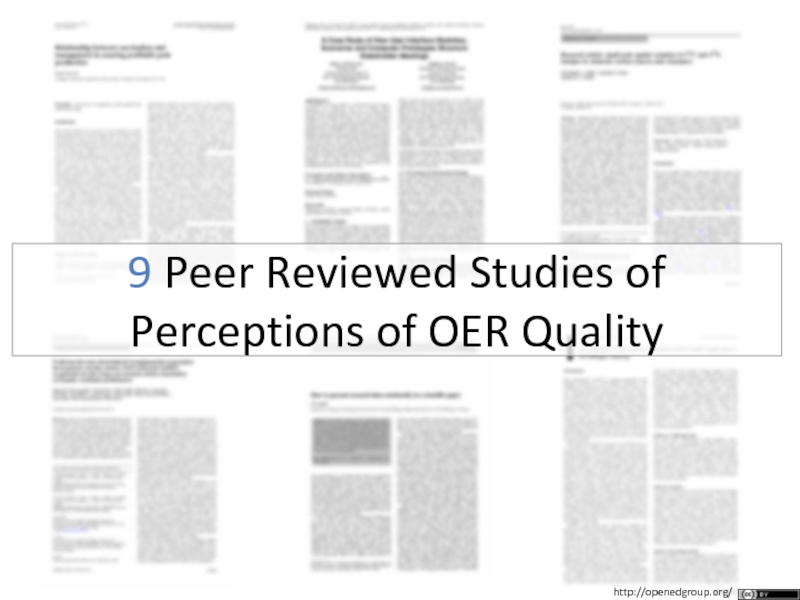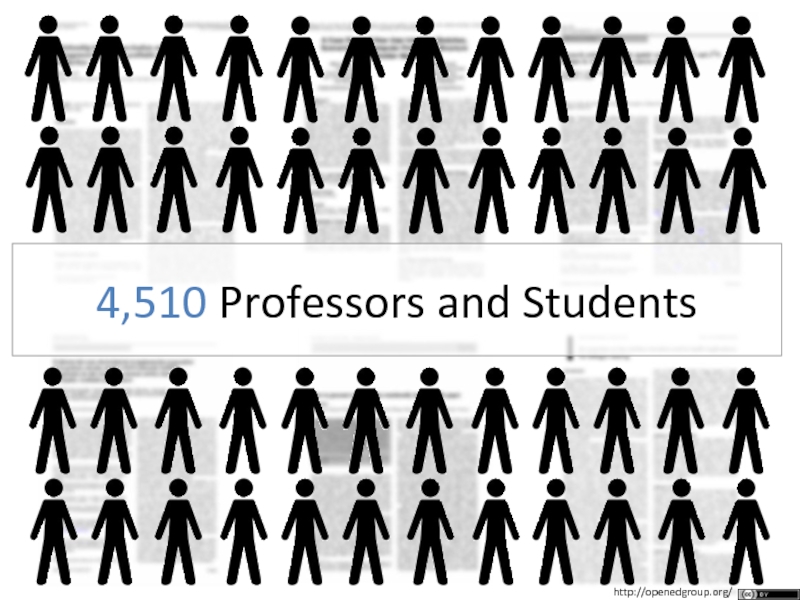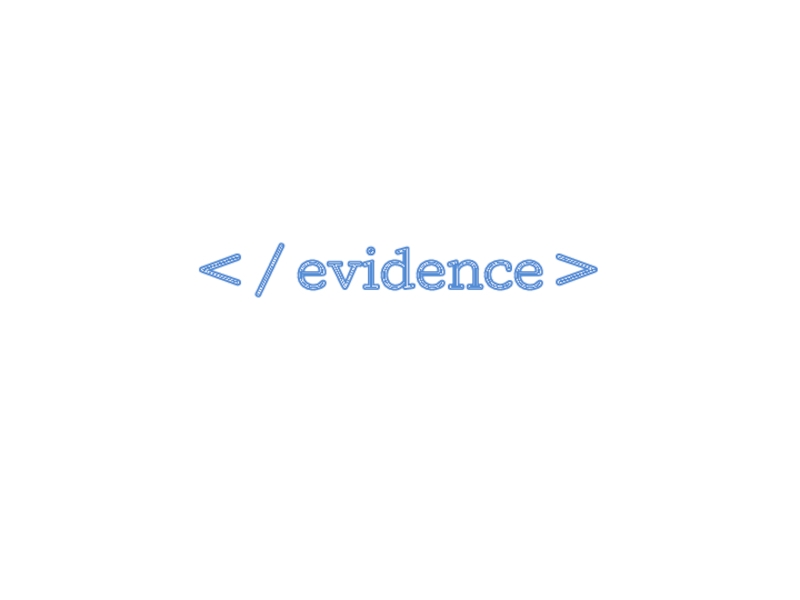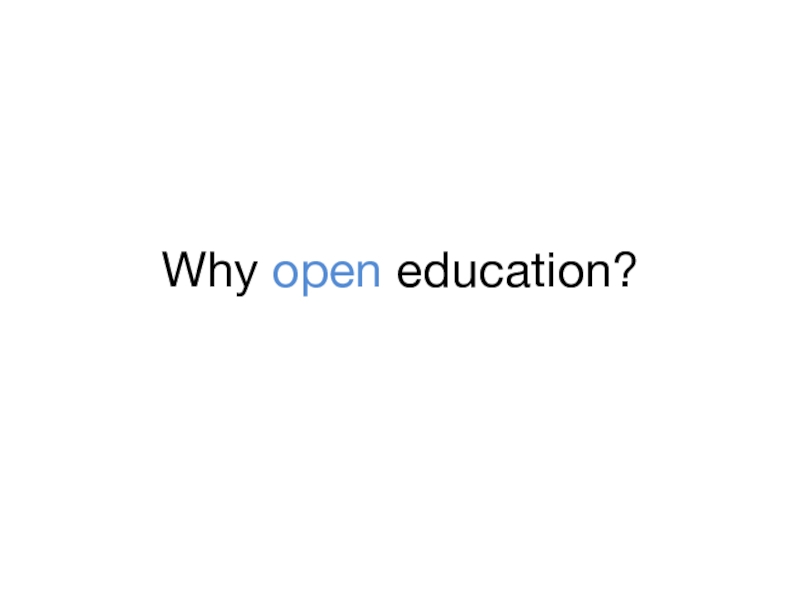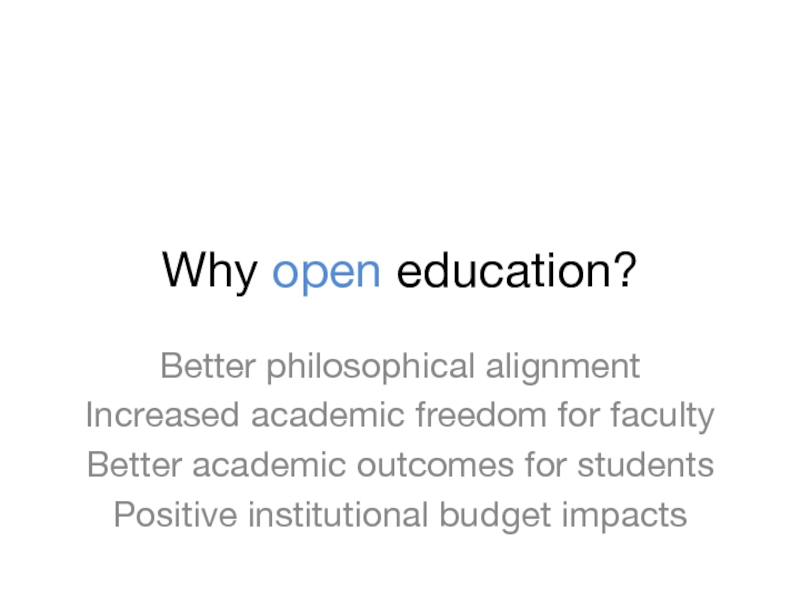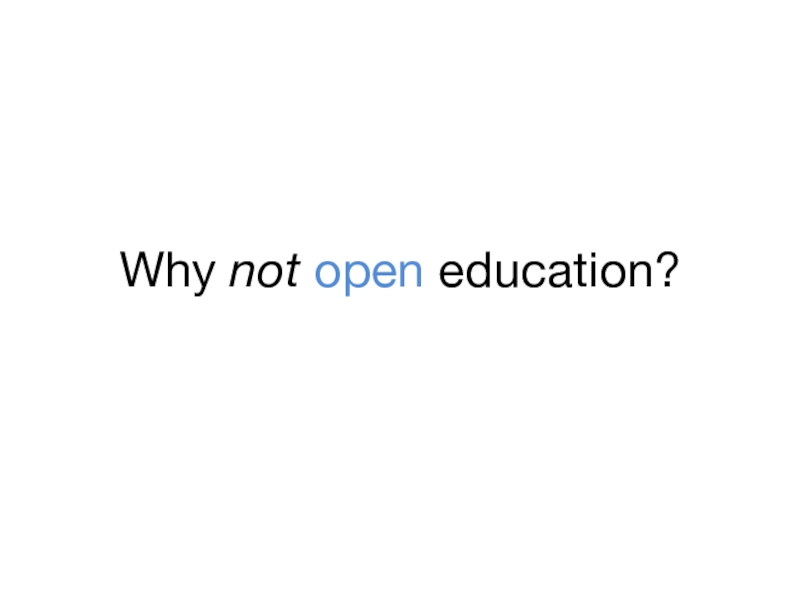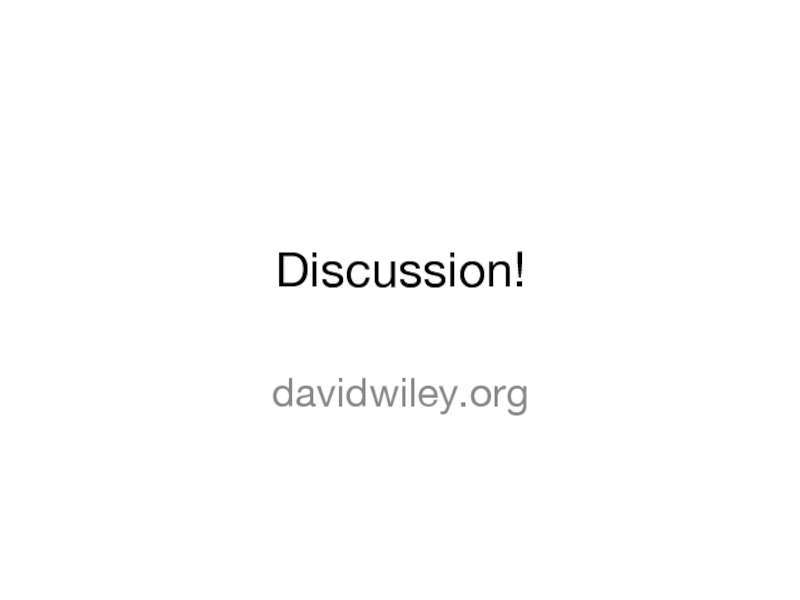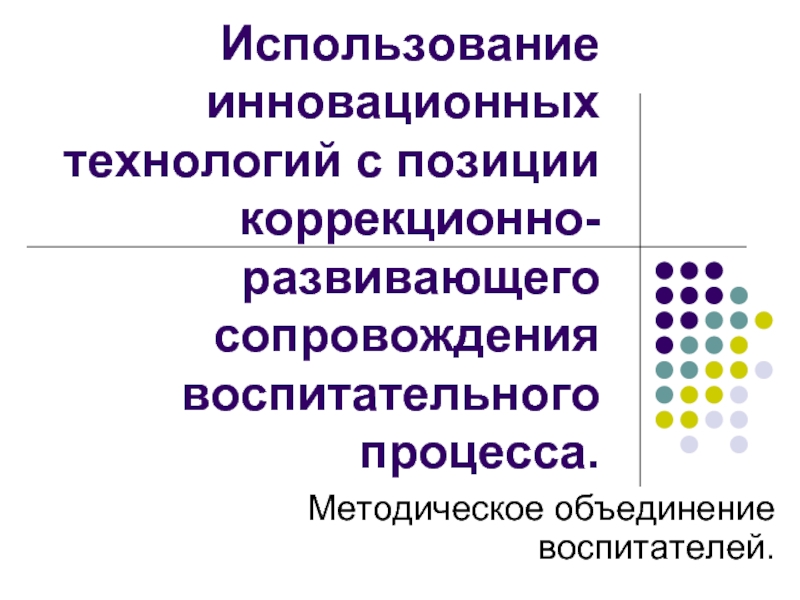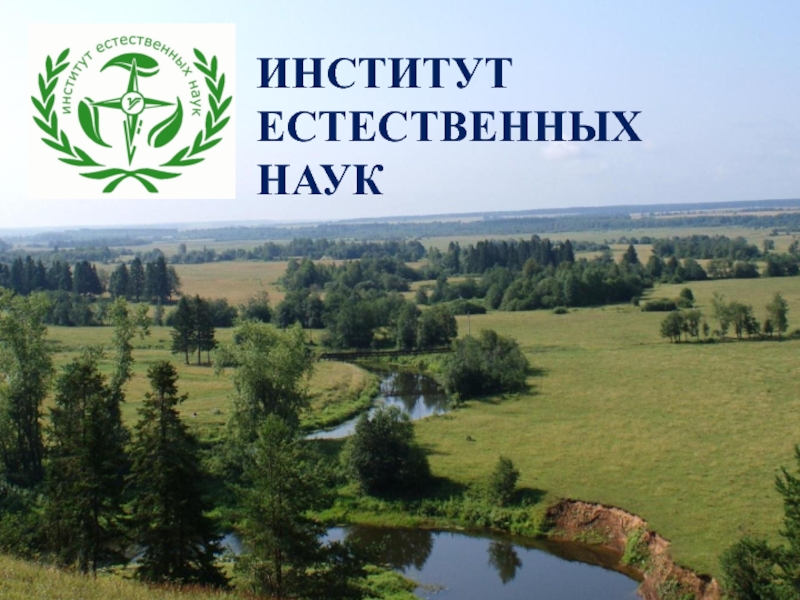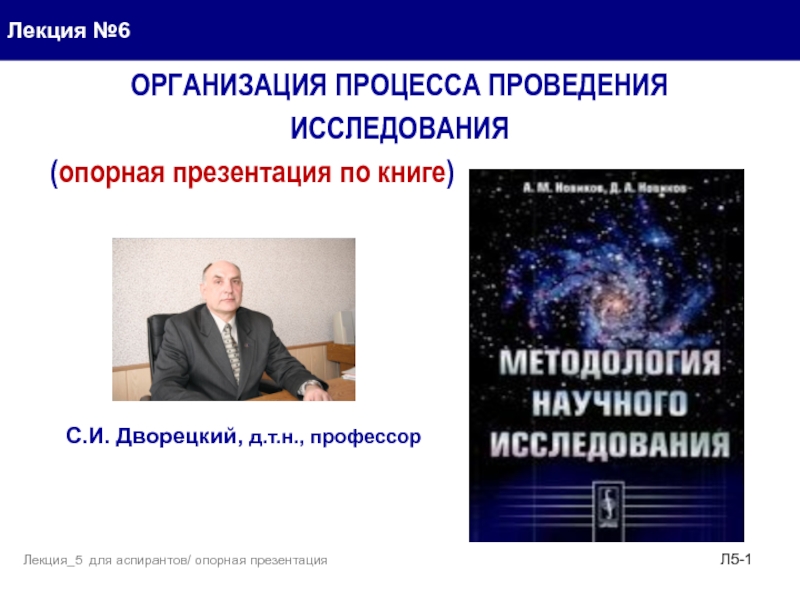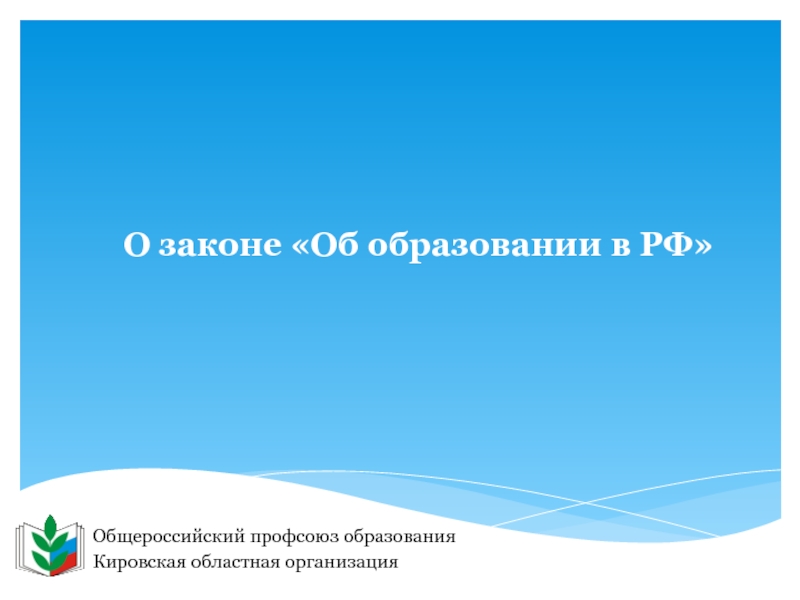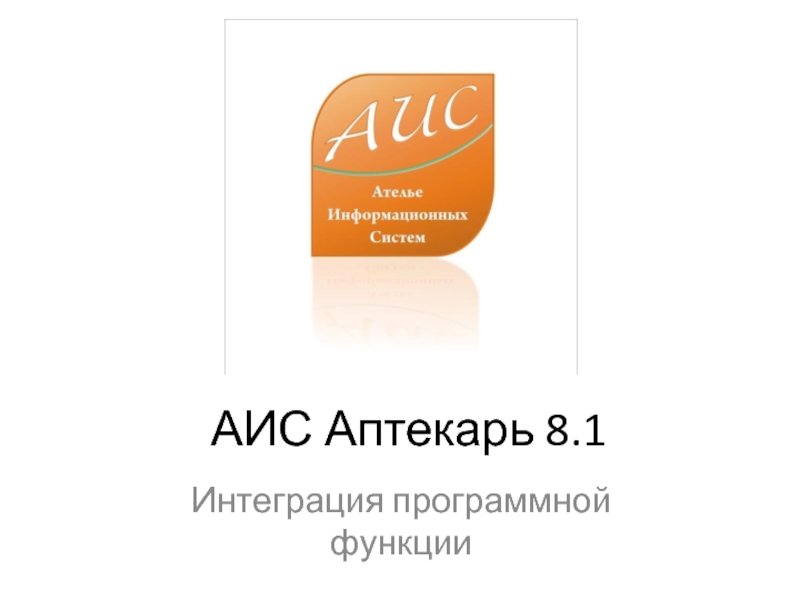- Главная
- Разное
- Дизайн
- Бизнес и предпринимательство
- Аналитика
- Образование
- Развлечения
- Красота и здоровье
- Финансы
- Государство
- Путешествия
- Спорт
- Недвижимость
- Армия
- Графика
- Культурология
- Еда и кулинария
- Лингвистика
- Английский язык
- Астрономия
- Алгебра
- Биология
- География
- Детские презентации
- Информатика
- История
- Литература
- Маркетинг
- Математика
- Медицина
- Менеджмент
- Музыка
- МХК
- Немецкий язык
- ОБЖ
- Обществознание
- Окружающий мир
- Педагогика
- Русский язык
- Технология
- Физика
- Философия
- Химия
- Шаблоны, картинки для презентаций
- Экология
- Экономика
- Юриспруденция
Why Open Education? презентация
Содержание
- 1. Why Open Education?
- 2. This presentation is licensed CC BY unless indicated otherwise in notes
- 3. Download these slides davidwiley.org
- 4. < philosophical >
- 5. education
- 6. education =
- 7. education = sharing
- 8. sharing
- 9. what you know
- 10. sharing
- 11. feedback
- 12. sharing
- 13. encouragement
- 14. sharing
- 15. passion
- 16. sharing
- 17. yourself
- 18. education
- 19. searching for parking
- 20. faculty meetings
- 21. tenure and promotion
- 22. educative acts
- 23. ALL
- 24. sharing
- 25. if
- 26. sharing
- 27. education
- 29. “rivalrous”
- 31. “nonrival”
- 32. sharing
- 33. asynchronously?
- 34. externalize
- 37. externalized ideas
- 38. converted to rivalrous
- 41. externalized & nonrivalrous?
- 42. “internet”
- 46. externalized ideas
- 47. externalized ideas + internet =
- 48. nonrival
- 50. unprecedented capacity
- 51. sharing
- 52. education = sharing
- 53. unprecedented capacity
- 54. educate
- 55. except we can’t
- 57. ©
- 59. Tech Enables Law Forbids
- 64. in the air?
- 65. open
- 66. Open Educational Resources
- 67. open ≠ free
- 68. open = free + permissions
- 69. The 5Rs
- 70. Retain is fundamental
- 71. The 5Rs
- 73. Open 1. Free and unfettered access 2. Perpetual, irrevocable copyright permissions
- 75. Tech Enables OER Permits
- 76. traditionally © materials + internet
- 78. openly licensed materials + internet
- 80. < / philosophical >
- 81. < innovation >
- 82. Infrastructure
- 83. Infrastructure is “resources that create benefits
- 84. “downstream productive activities”
- 85. Permissionless Innovation Adam Thierer Equal Participation in Innovation Eric Von Hippel
- 86. Infrastructure and Innovation
- 87. Relatively inexpensive Broad permissions
- 88. thrives when the costs and obstacles to experimenting are low
- 89. “Intellectual infrastructure” is “nonrival input into a
- 90. Educational Materials Research Articles Intellectual Infrastructure for Ed
- 91. Extremely expensive Very narrow permissions Educational Materials Research Articles
- 92. Extremely Expensive Only those with significant capital can afford to experiment and innovate
- 94. $1288 $1666
- 95. Textbook Pricing in Context
- 96. Accelerating Journal Costs
- 97. Very Narrow Permissions ALL Rights Reserved
- 99. Trouble with Costs and Permissions?
- 100. Open 1. Free and unfettered access 2. Perpetual, irrevocable copyright permissions
- 101. The Content Oligarchies Textbooks (74%) Pearson Cengage
- 102. Open Education Infrastructure Will enable everyone to innovate Will enable everyone to benefit
- 103. < / innovation >
- 104. < evidence >
- 105. Textbook Costs and Student Success Outcomes Cost Access
- 106. Internet, Textbook Costs, Student Success Outcomes Cost Access
- 108. The Impact of Open Textbooks on Secondary
- 109. Participants Nebo School District 4183 students 43 teachers Earth Science, Biology, Chemistry
- 110. Method Quasi-experimental design with: Treatment and Control
- 111. Propensity Score Matching Increased group balance by 98%
- 112. Outcome: State Standardized Test IRT scaled
- 113. A Multi-institutional Study of the Impact of
- 114. Participants 4909 treatment 11,818 control 50 different undergraduate courses 130 teachers 10 institutions
- 115. Method Quasi-experimental design with: Propensity Score Matching
- 116. Results
- 117. Credits Taken
- 118. The Tidewater Z-Degree and the INTRO Model
- 119. Associates of Business “Z Degree” Graduate without
- 120. When a student drops, it.. Slows down
- 121. (182 * .89 * $164.35 * 3)
- 122. Mad, Glad, Sad, Rad: A Framework
- 123. Cost Completing with C or Better Student Success per Dollar 0 100% $200
- 124. Cost Completing with C or Better
- 125. Cost Completing with C or Better
- 126. Completing with C or Better Student
- 127. openedgroup.org/review
- 128. 11 Peer Reviewed Studies http://openedgroup.org/
- 129. 48,623 Students http://openedgroup.org/
- 130. 93% Same or Better Outcomes http://openedgroup.org/
- 131. 9 Peer Reviewed Studies of Perceptions of OER Quality http://openedgroup.org/
- 132. 4,510 Professors and Students http://openedgroup.org/
- 133. 50% Same 35% Better 15% Worse http://openedgroup.org/
- 134. impact.lumenlearning.com
- 135. < / evidence >
- 136. Why open education?
- 137. Why open education? Better philosophical alignment Increased
- 138. Why not open education?
- 139. Discussion! davidwiley.org
Слайд 83
Infrastructure is “resources that create benefits for society primarily through the
facilitation of downstream productive activities.”
-- Brett Frischmann
-- Brett Frischmann
Слайд 89“Intellectual infrastructure” is “nonrival input into a wide variety of outputs.”
-- Brett Frischmann
Слайд 92Extremely Expensive
Only those with significant capital
can afford to experiment and
innovate
Слайд 101The Content Oligarchies
Textbooks (74%)
Pearson
Cengage
McGraw-Hill
Journals (73%)
Reed-Elsevier
Wiley-Blackwell
Springer
Taylor & Francis
Sage
Слайд 102Open Education Infrastructure
Will enable everyone to innovate
Will enable everyone to benefit
Слайд 108The Impact of Open Textbooks on Secondary Science Learning Outcomes Robinson,
Fischer, Hilton, and Wiley
Published in Ed Researcher
Слайд 110Method
Quasi-experimental design with:
Treatment and Control Group
Pre and Post Test
Dependent variable: Score
on 2012 statewide standardized science exam
Independent variable: Textbook condition
15 Covariates: including age, gender, special education, English language proficiency, 2011 test data, 2011 GPA, and race
Independent variable: Textbook condition
15 Covariates: including age, gender, special education, English language proficiency, 2011 test data, 2011 GPA, and race
Слайд 112Outcome: State Standardized Test
IRT scaled scores increased with open textbooks, p
< .001
Multiple r squared = .635 (variance in scores accounted for in our model)
Multiple r squared = .635 (variance in scores accounted for in our model)
Слайд 113A Multi-institutional Study of the Impact of Open Textbook Adoption on
the Learning Outcomes of Post-secondary Students
Fischer, Hilton, Robinson, and Wiley
Accepted in JCHE
Слайд 114Participants
4909 treatment
11,818 control
50 different undergraduate courses
130 teachers
10 institutions
Слайд 115Method
Quasi-experimental design with:
Propensity Score Matching
Post Test Only
Dependent variables: Completion; C or
Better; Credits Enrolled This Term; Next Term
Independent variable: Textbook condition
3 covariates: including age, gender, and race
Independent variable: Textbook condition
3 covariates: including age, gender, and race
Слайд 118The Tidewater Z-Degree and the INTRO Model for Sustaining OER Adoption Wiley,
DeMarte, Williams, and Hilton
Accepted in EPAA
Слайд 119Associates of Business
“Z Degree”
Graduate without ever buying a textbook
World’s first “all-OER”
degree
~30% cheaper for students
~30% cheaper for students
Слайд 120When a student drops, it..
Slows down their graduation
Costs the institution tuition
dollars
(refunds)
(refunds)
Слайд 121(182 * .89 * $164.35 * 3) in-state +
(182 *
.11 * $358.95 * 3) out-of-state =
$101,042 annual INTRO
$101,042 annual INTRO
INTRO Model
Слайд 122Mad, Glad, Sad, Rad: A Framework for Evaluating the Academic Return
on Investment in Textbooks and Other Educational Materials
Wiley, Hilton, Fischer, and Puente
Submitted
Слайд 137Why open education?
Better philosophical alignment
Increased academic freedom for faculty
Better academic outcomes
for students
Positive institutional budget impacts
Positive institutional budget impacts
